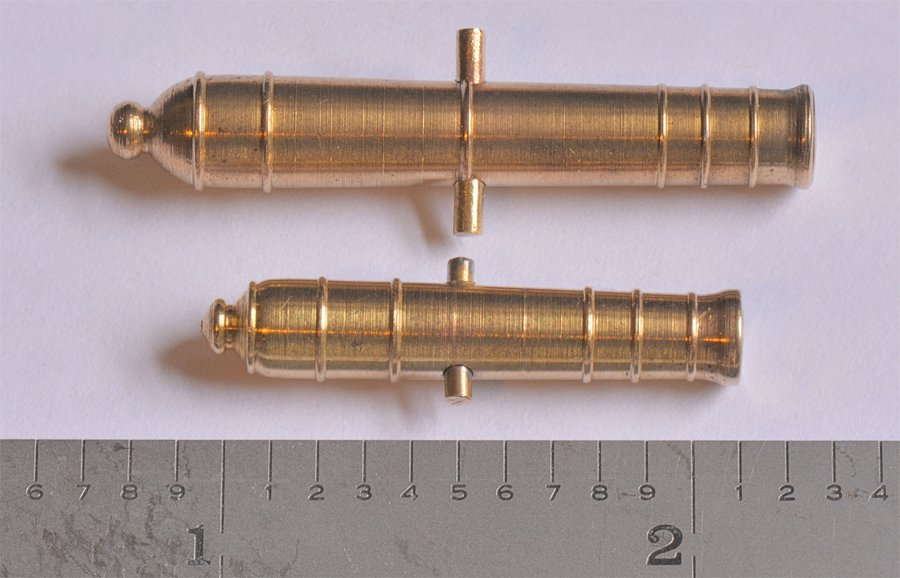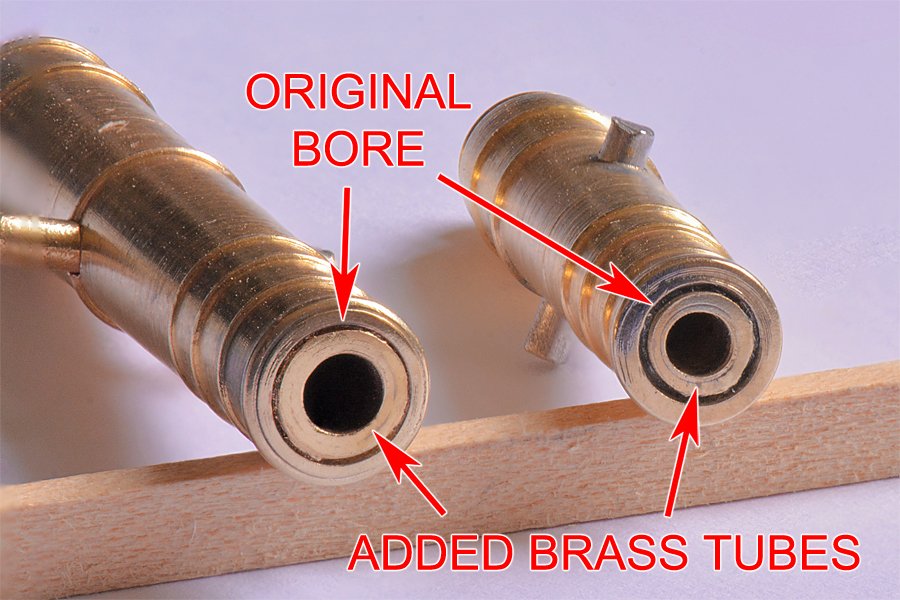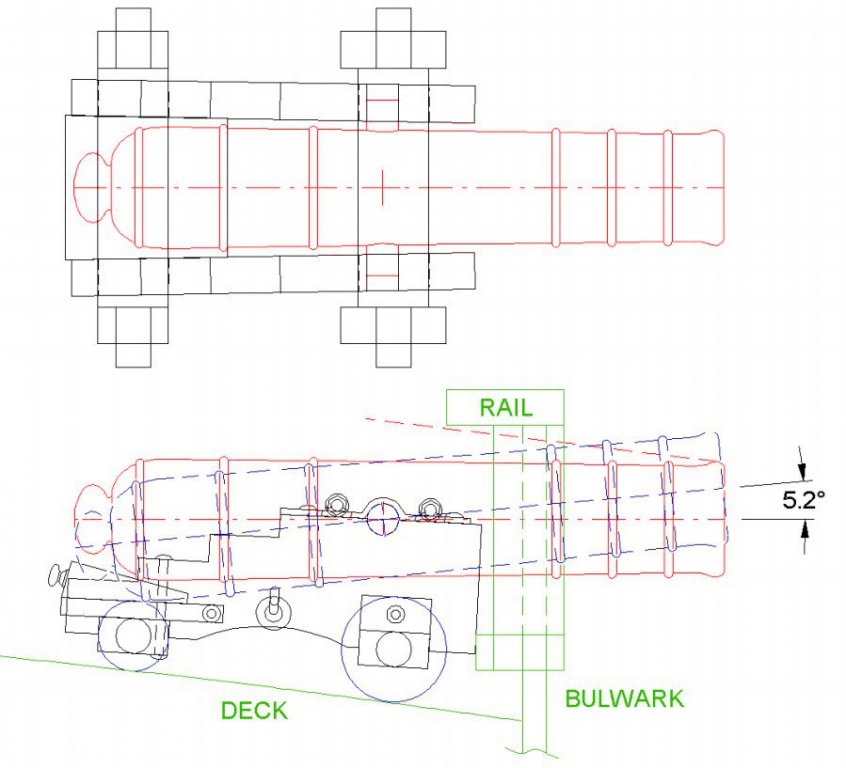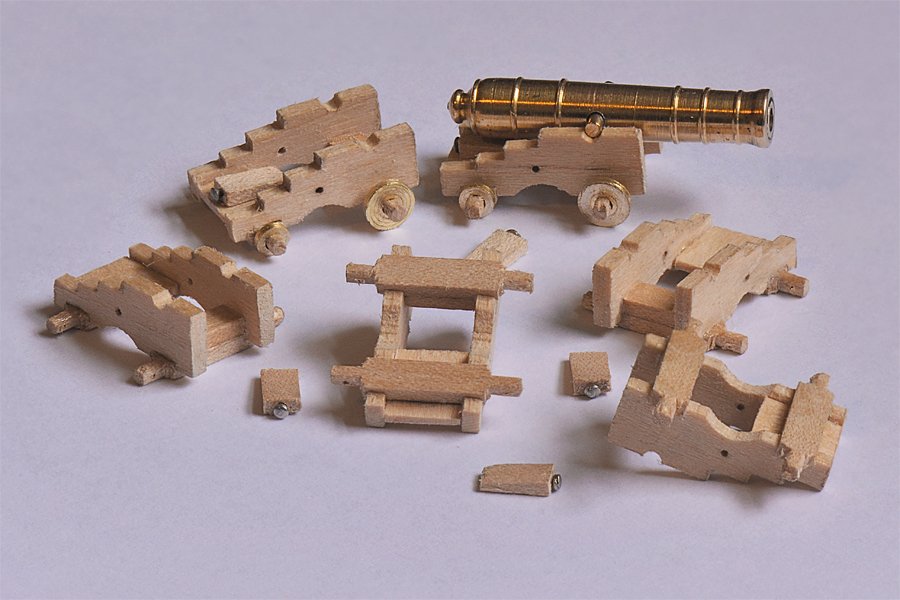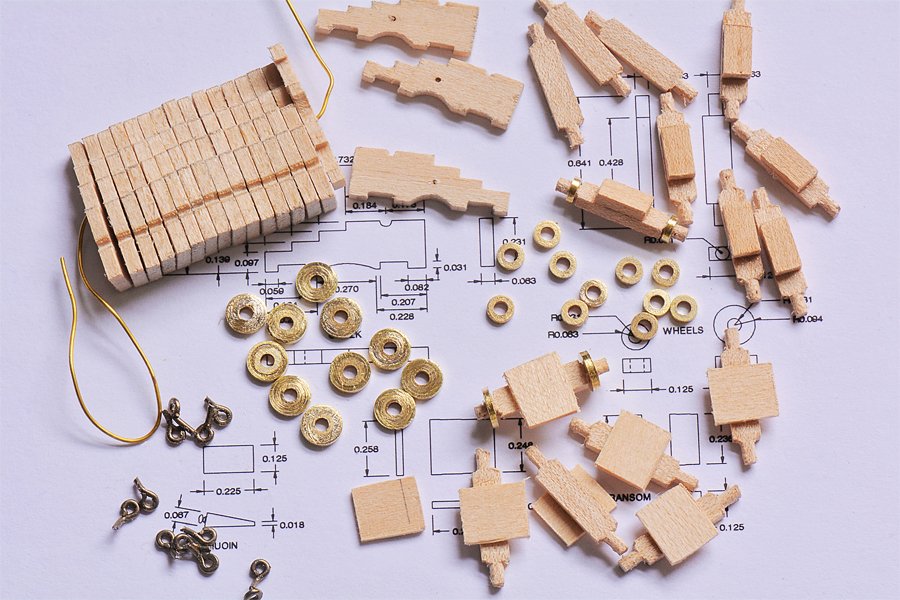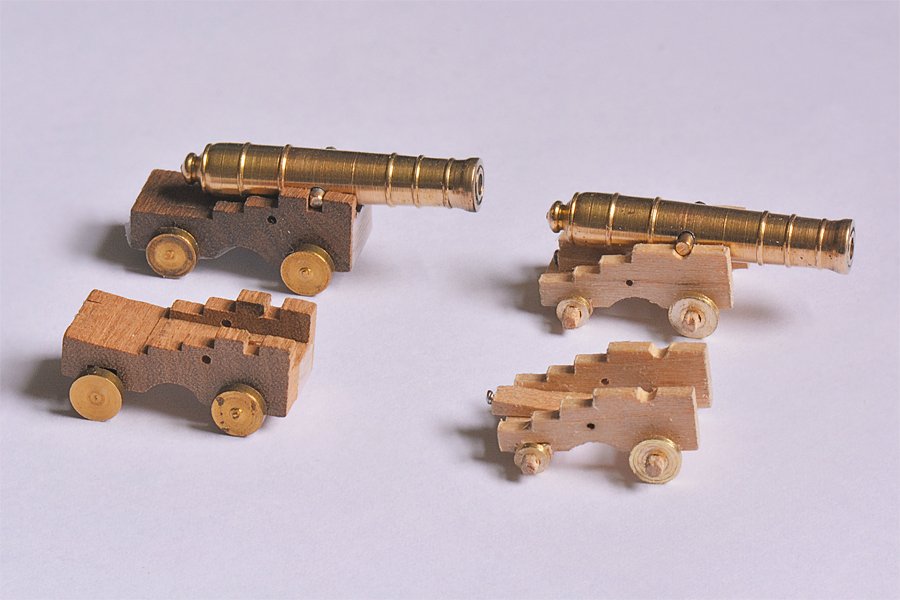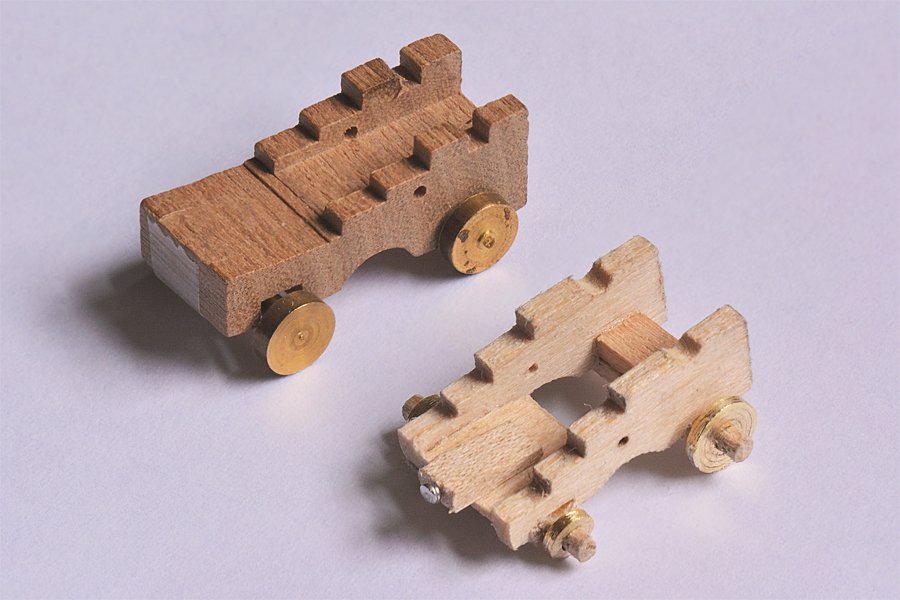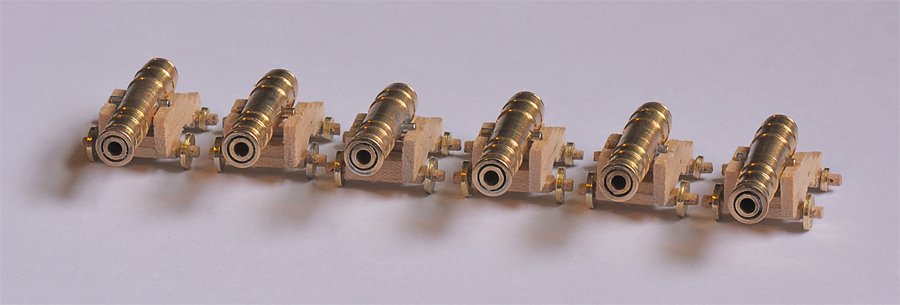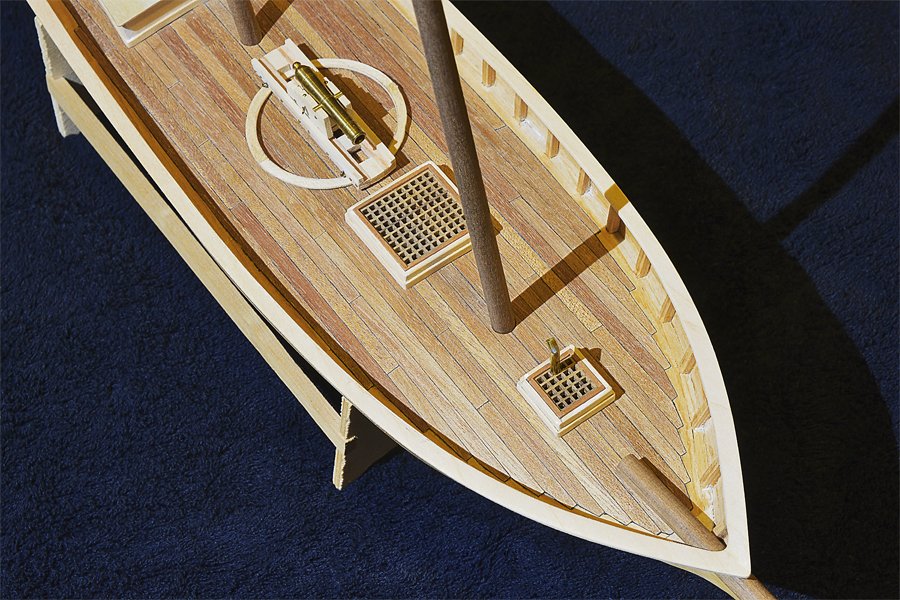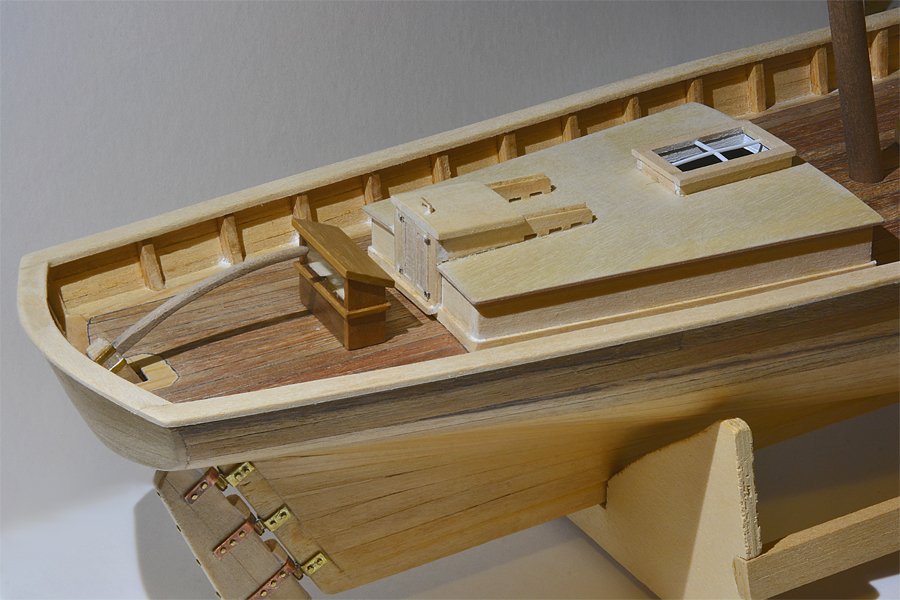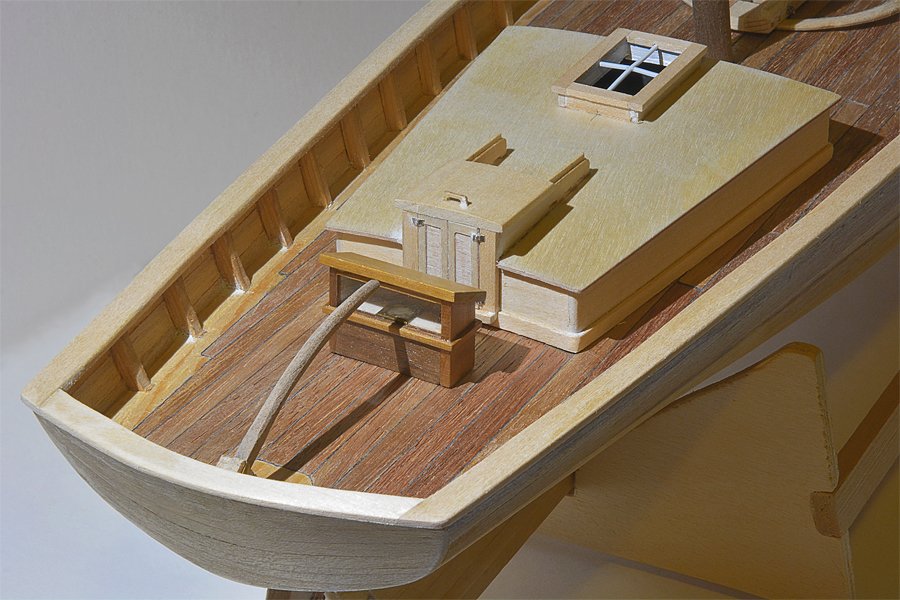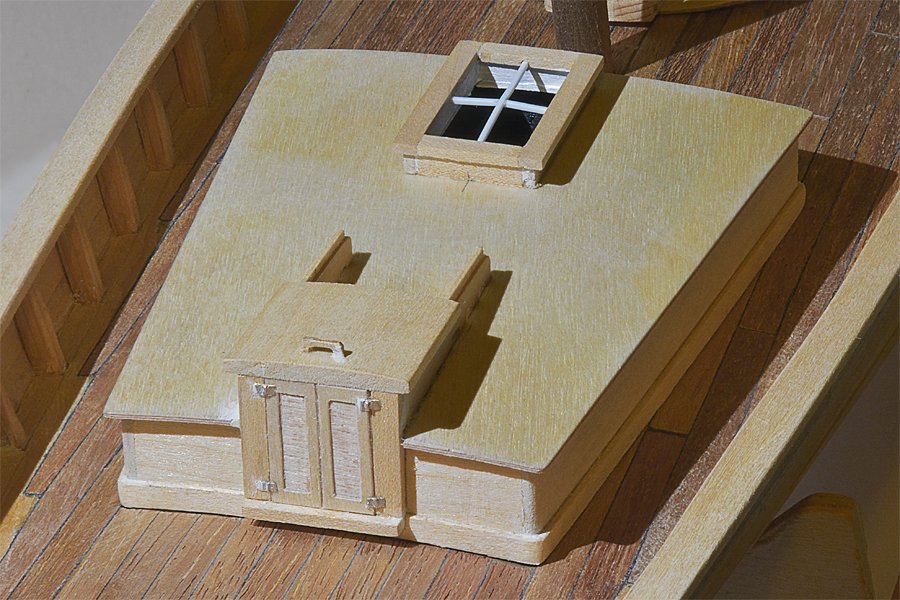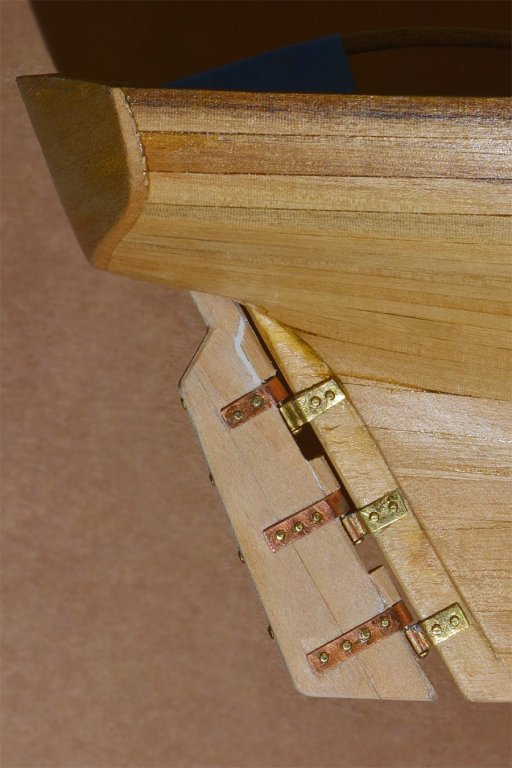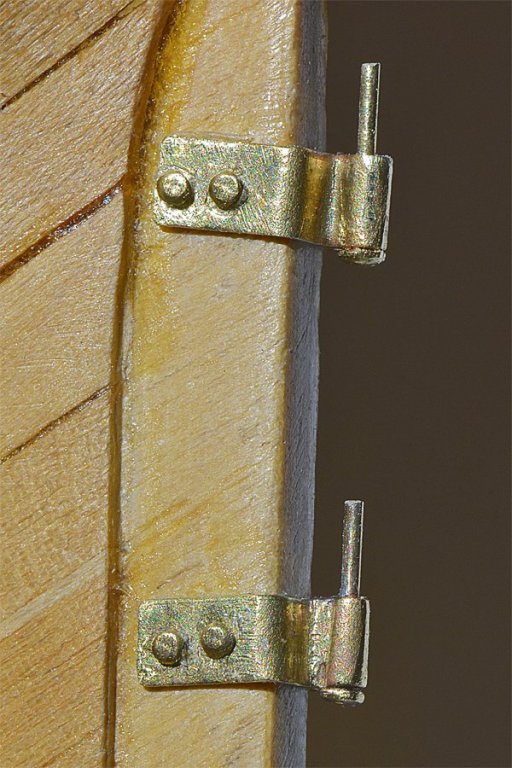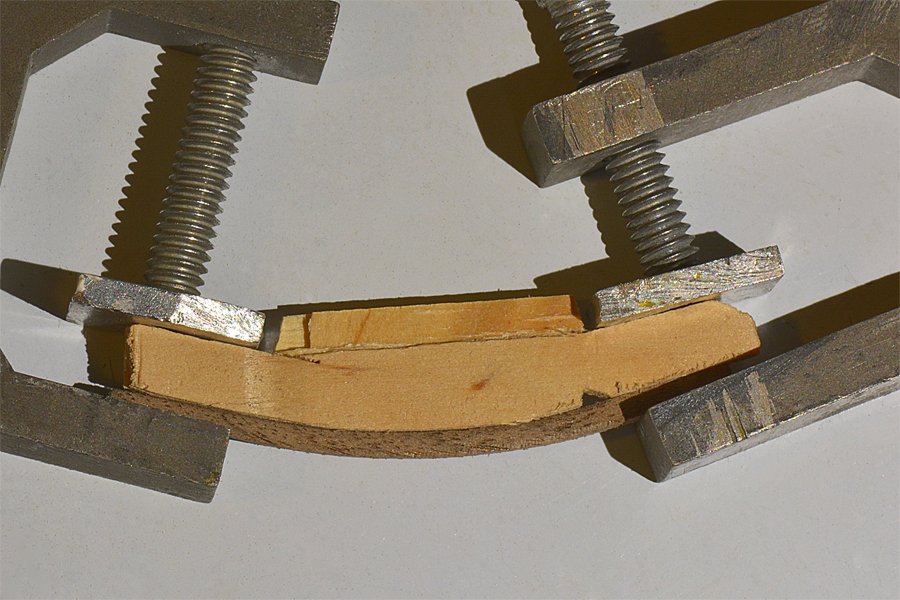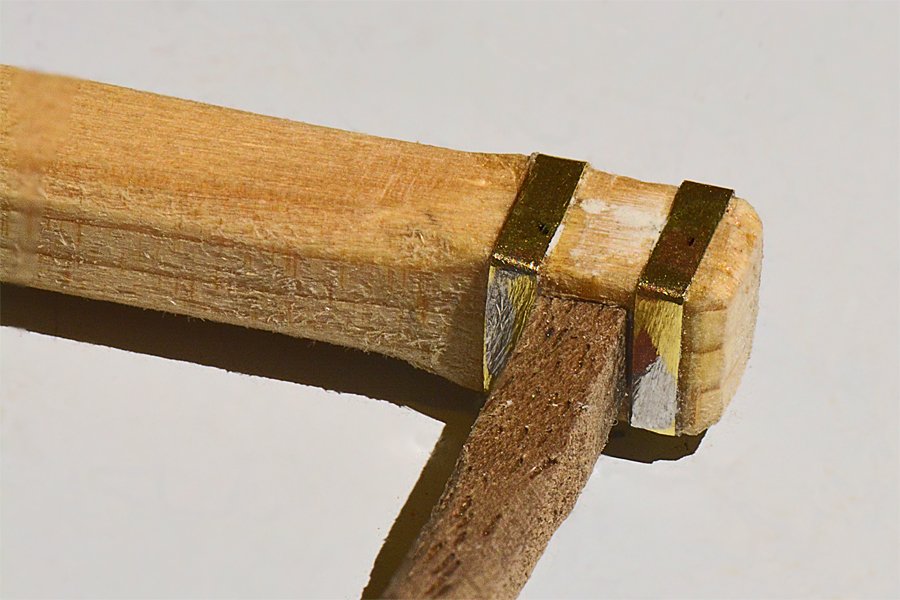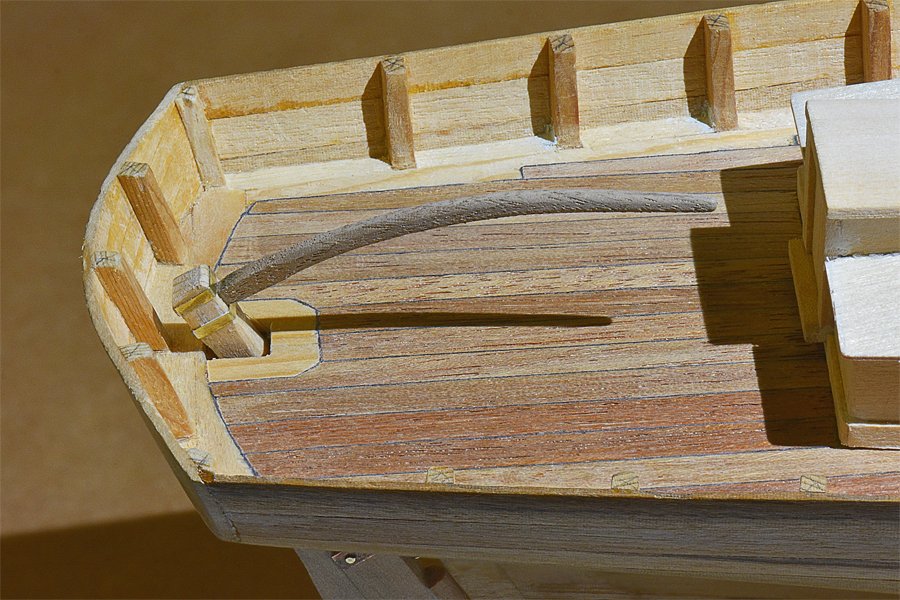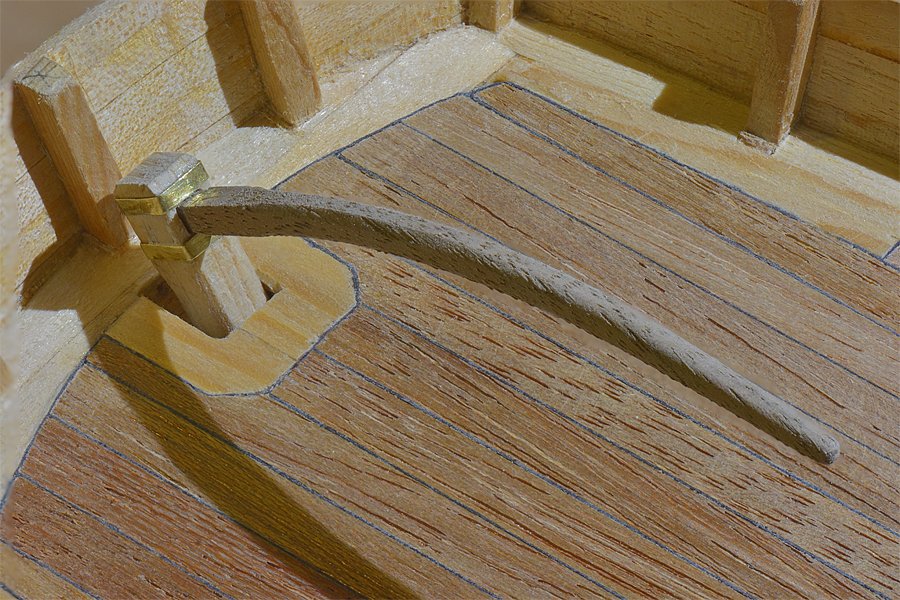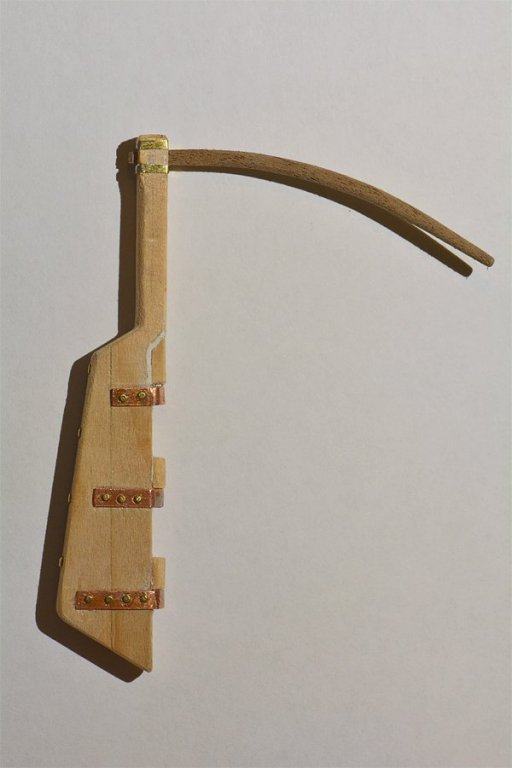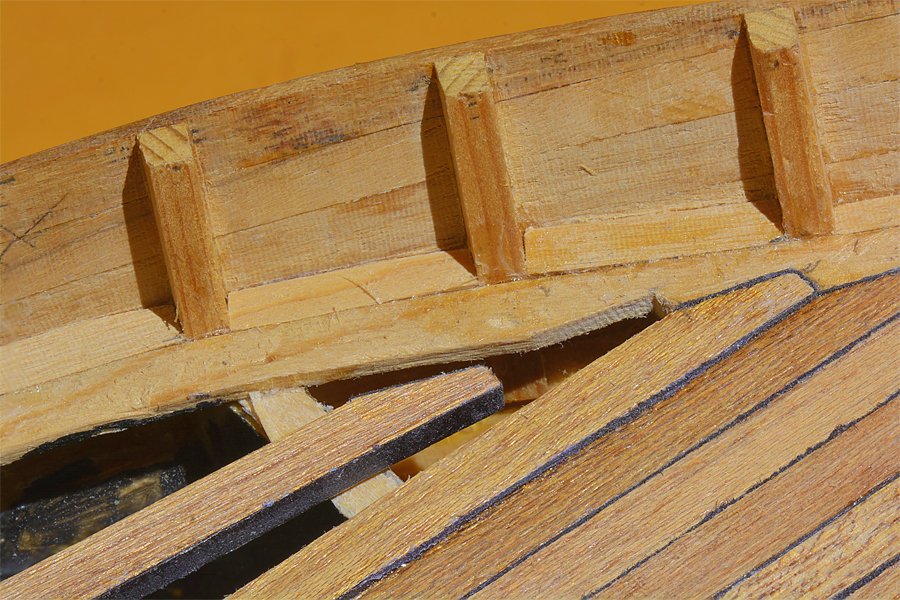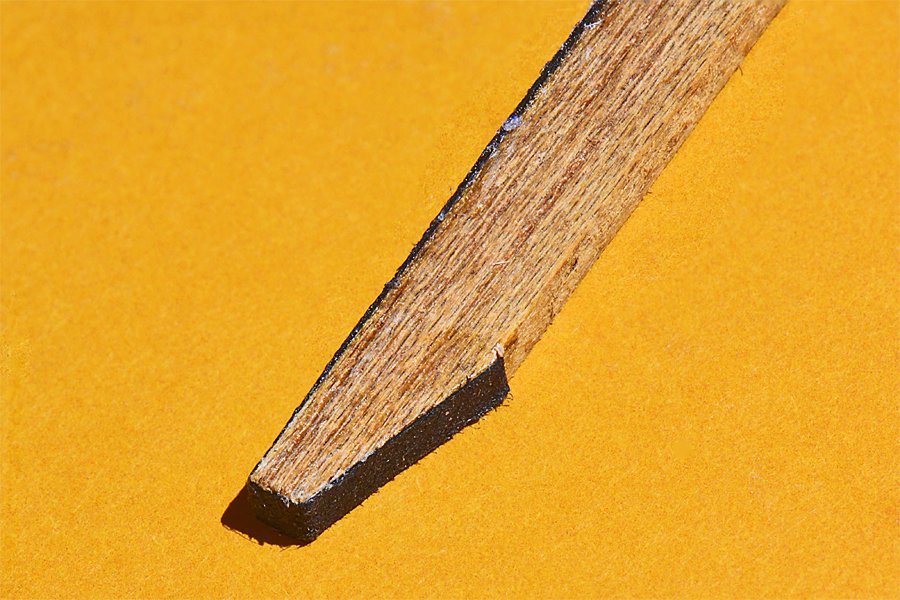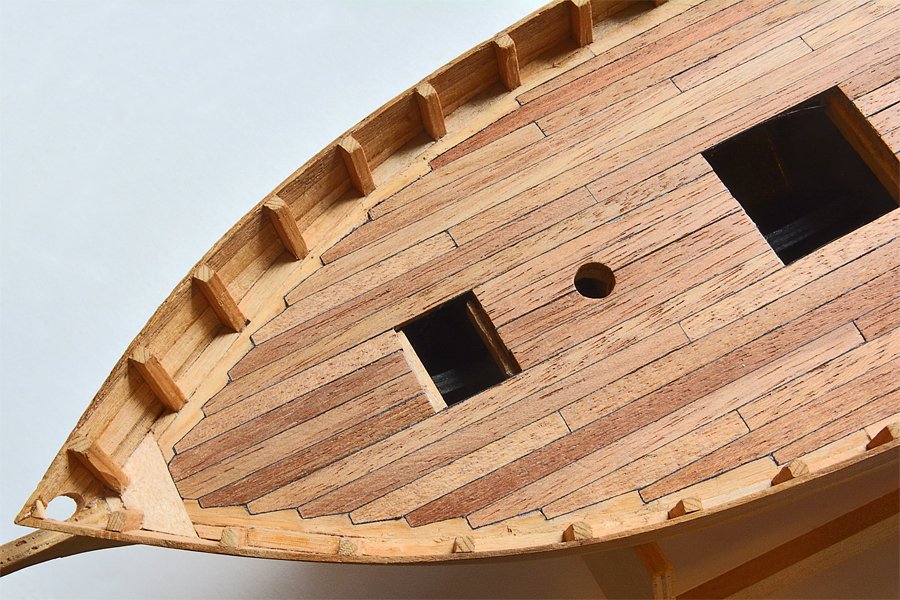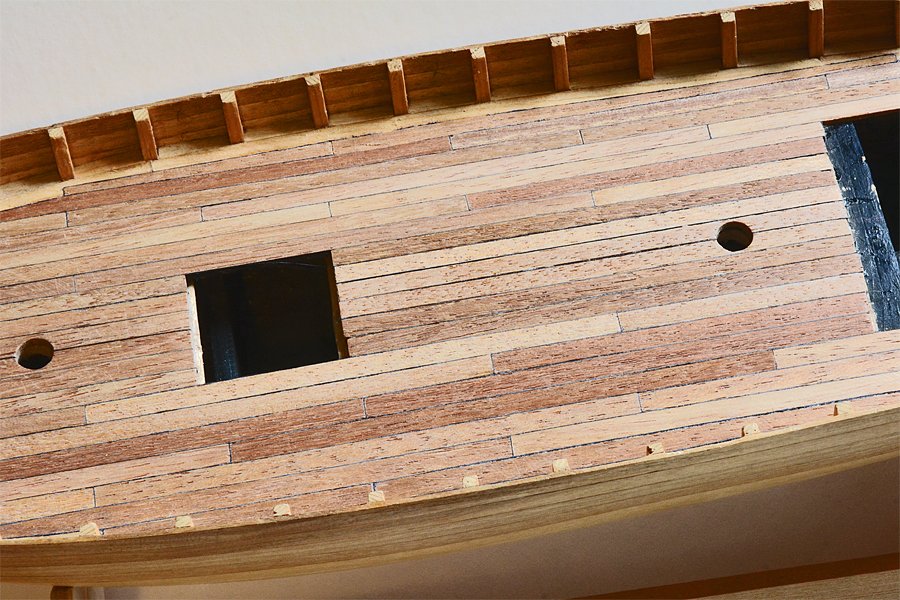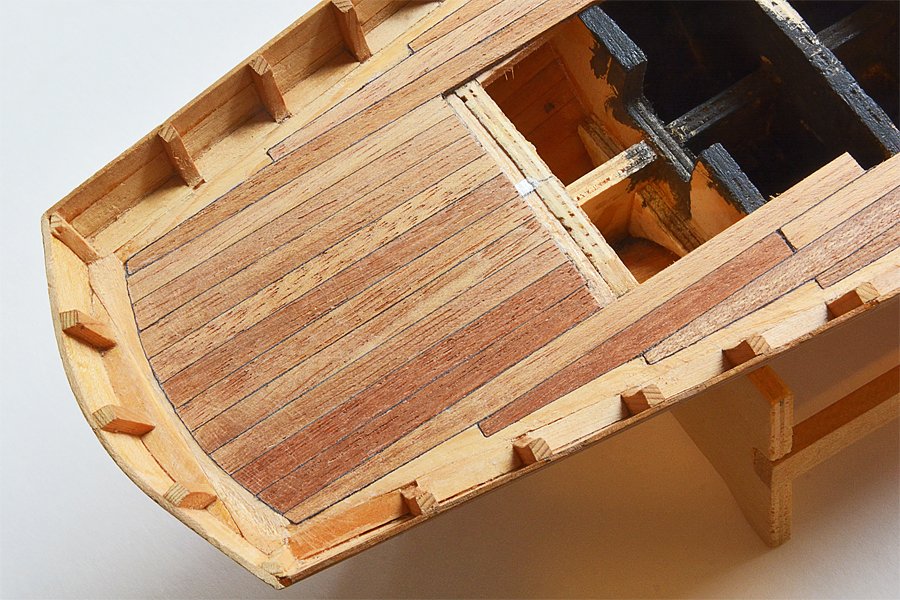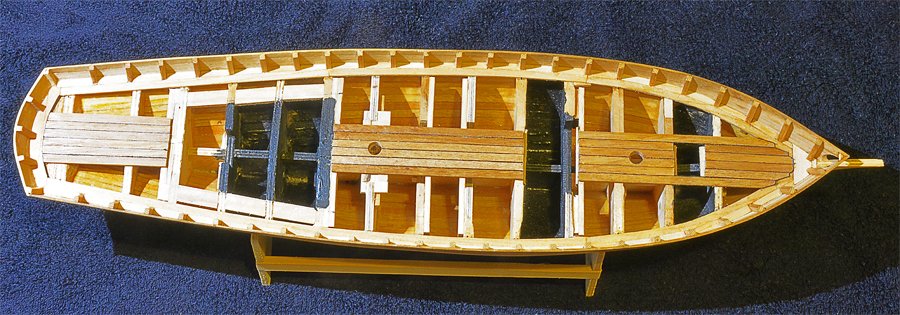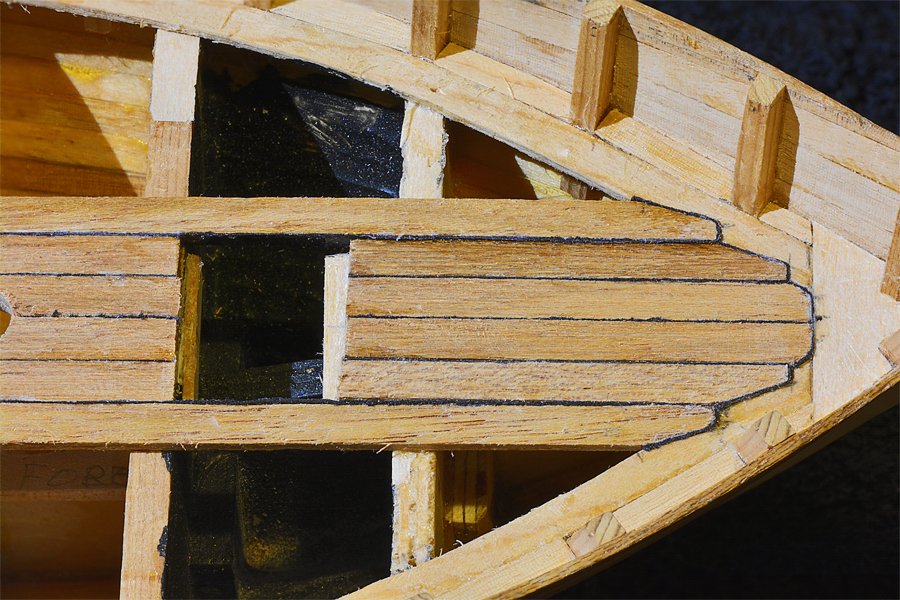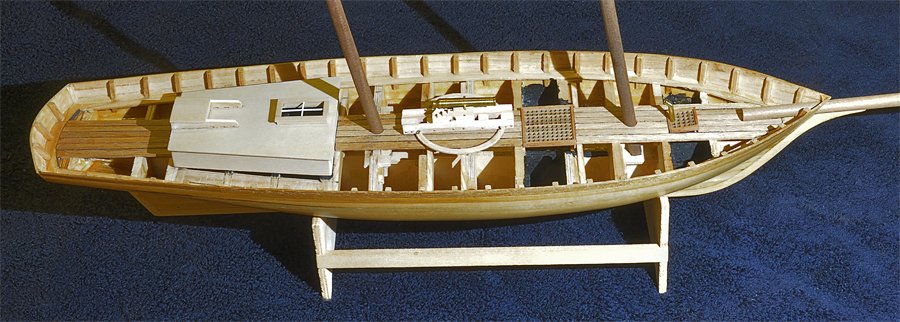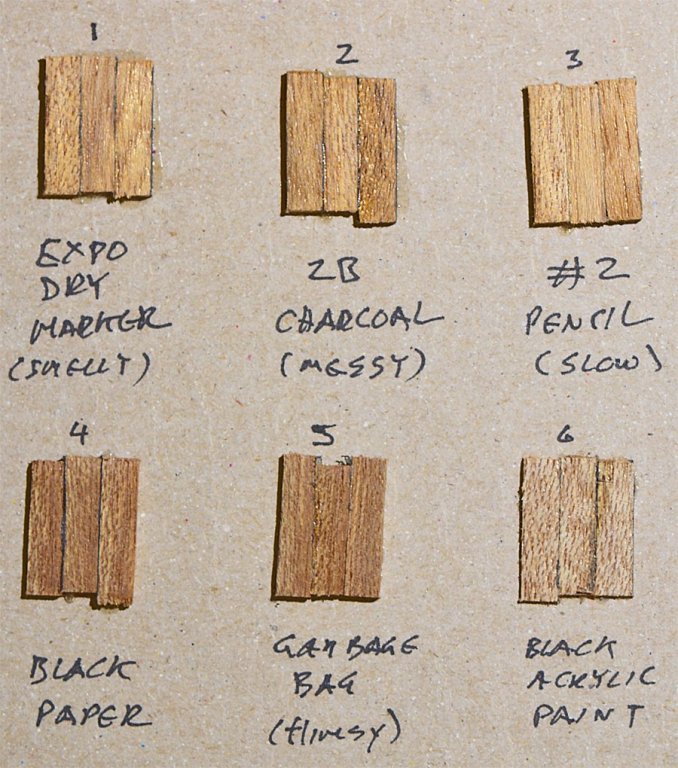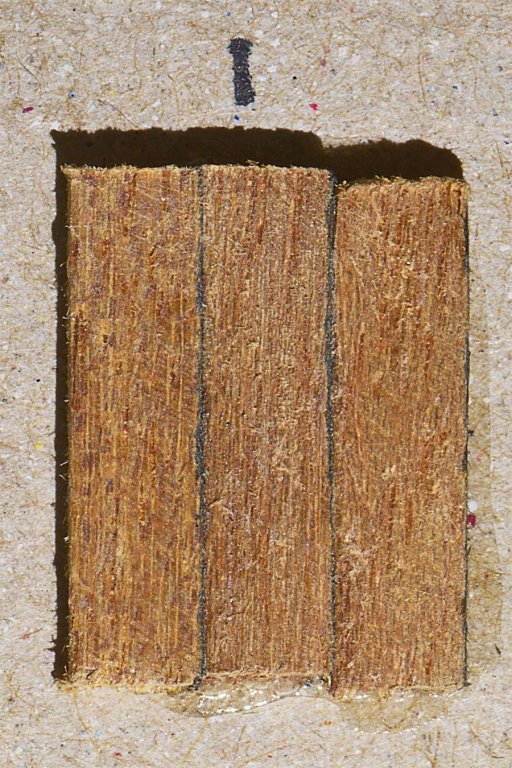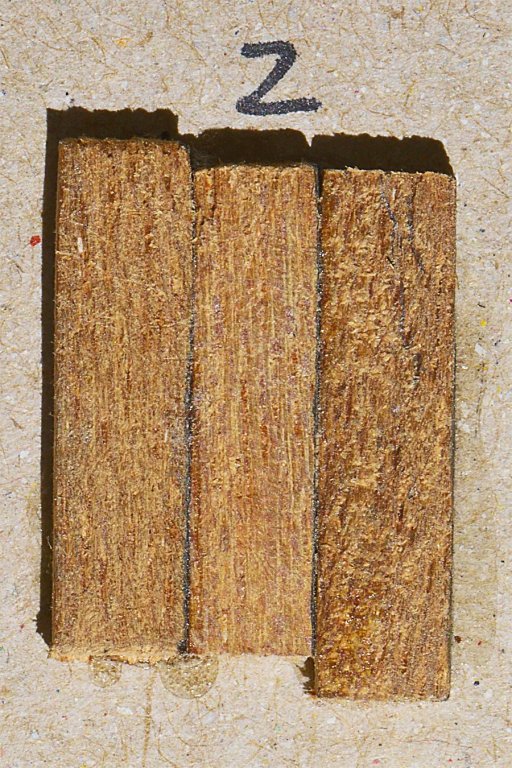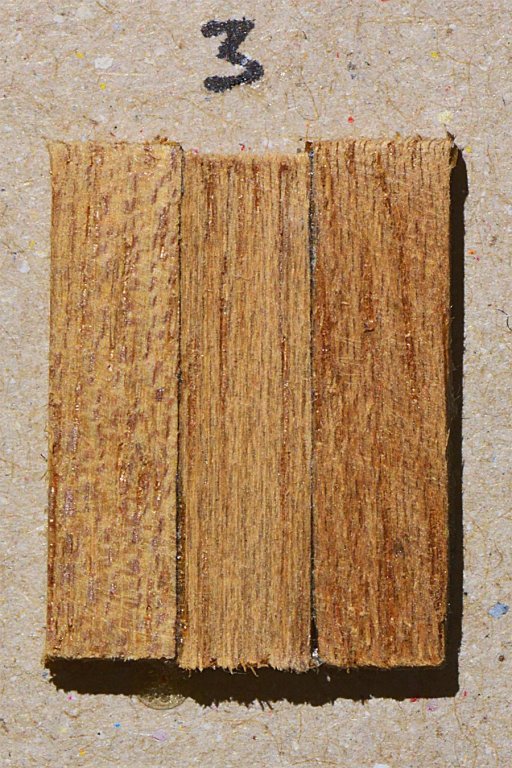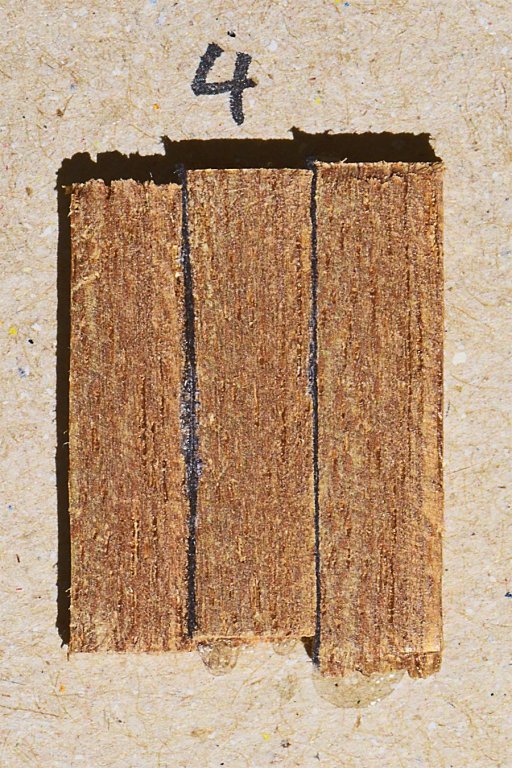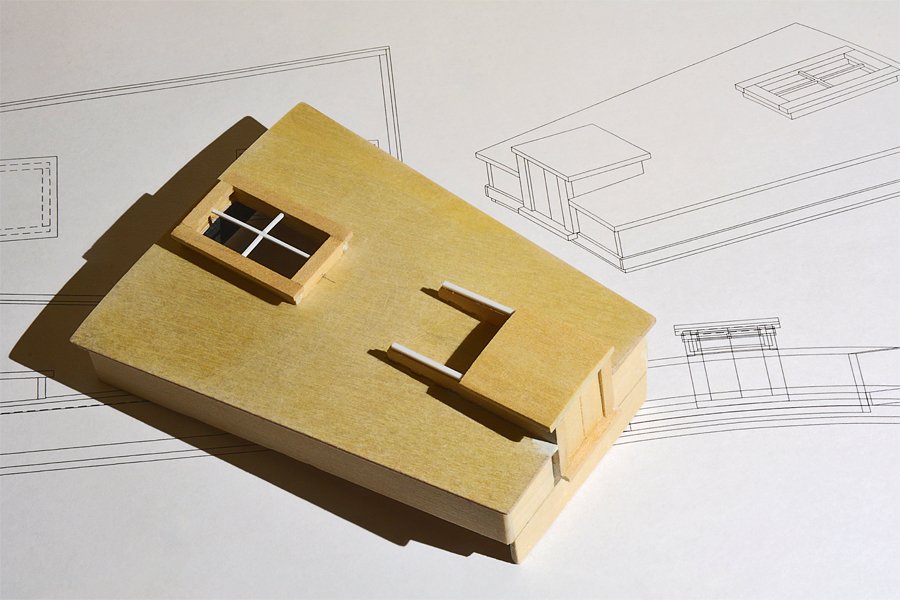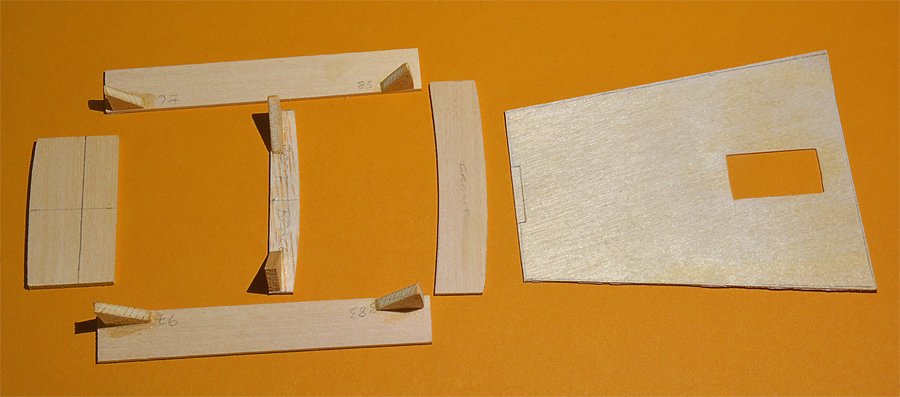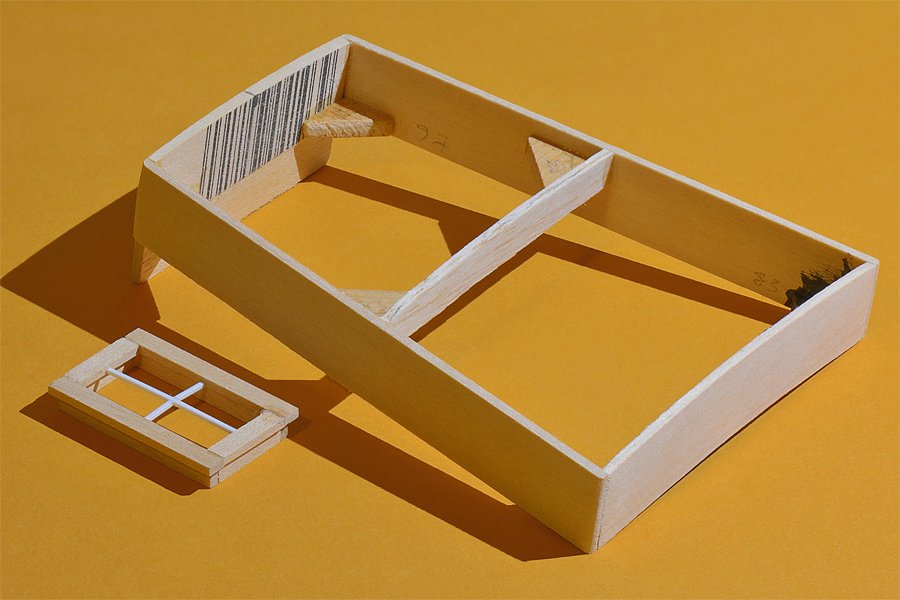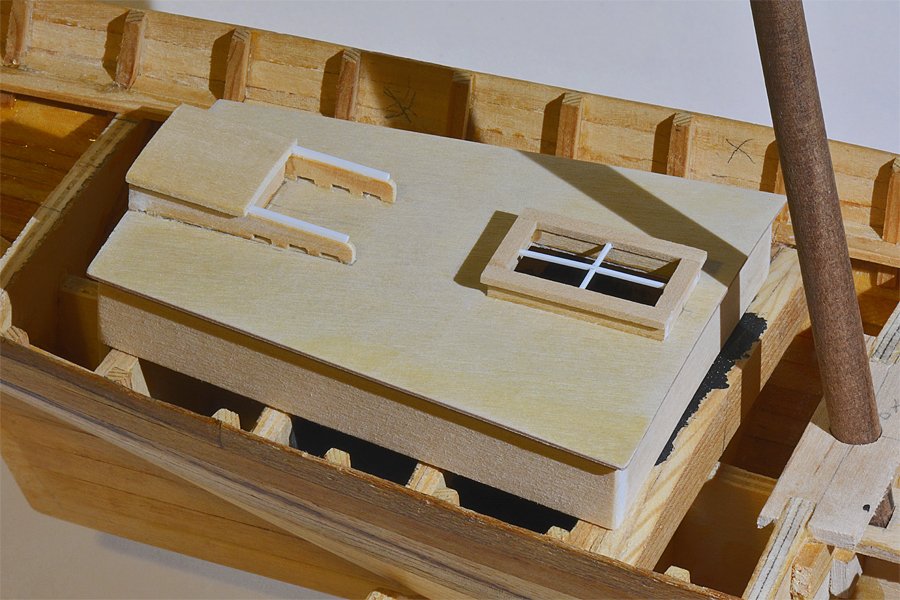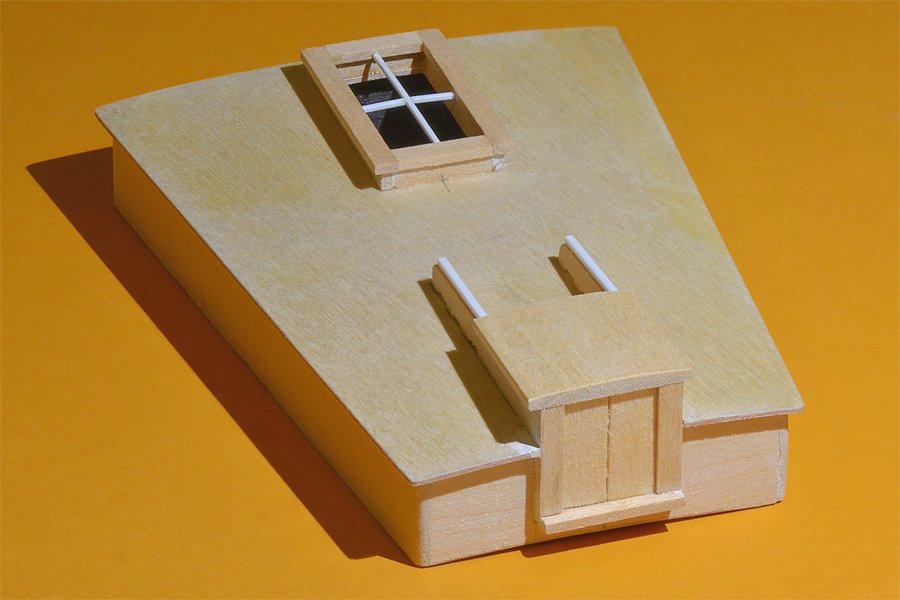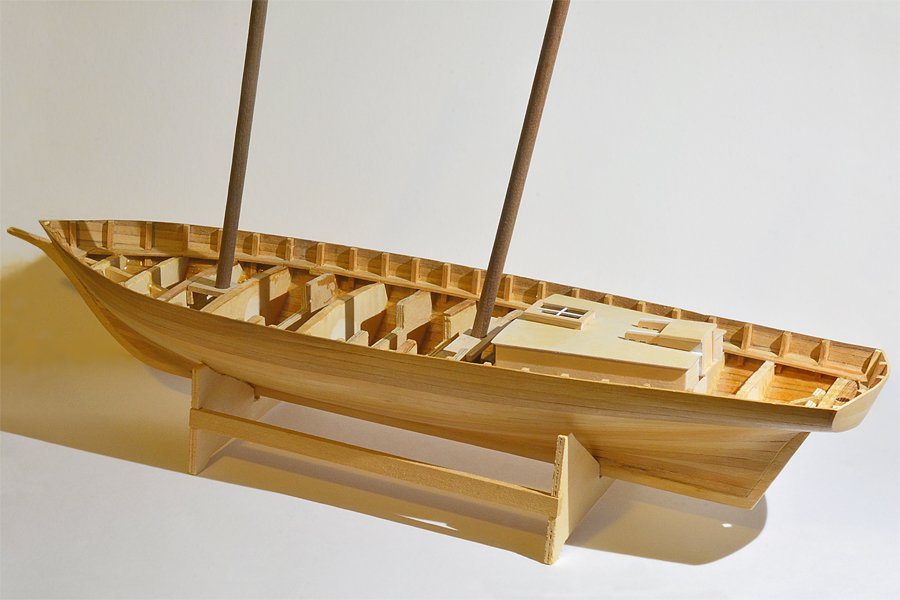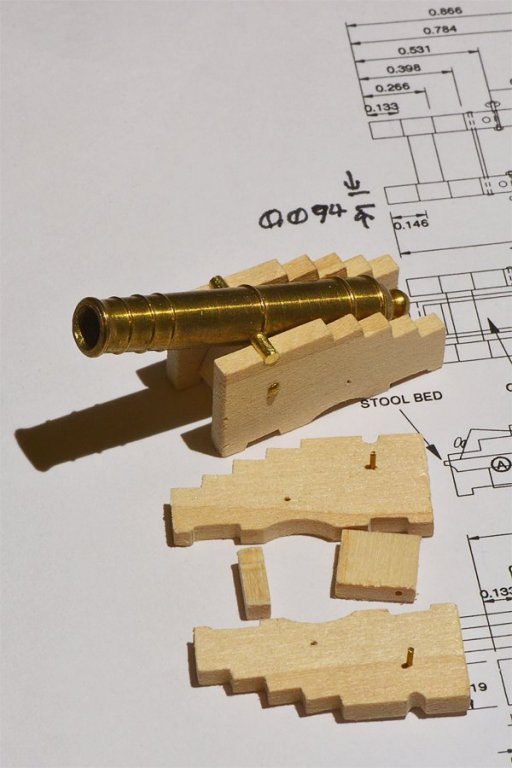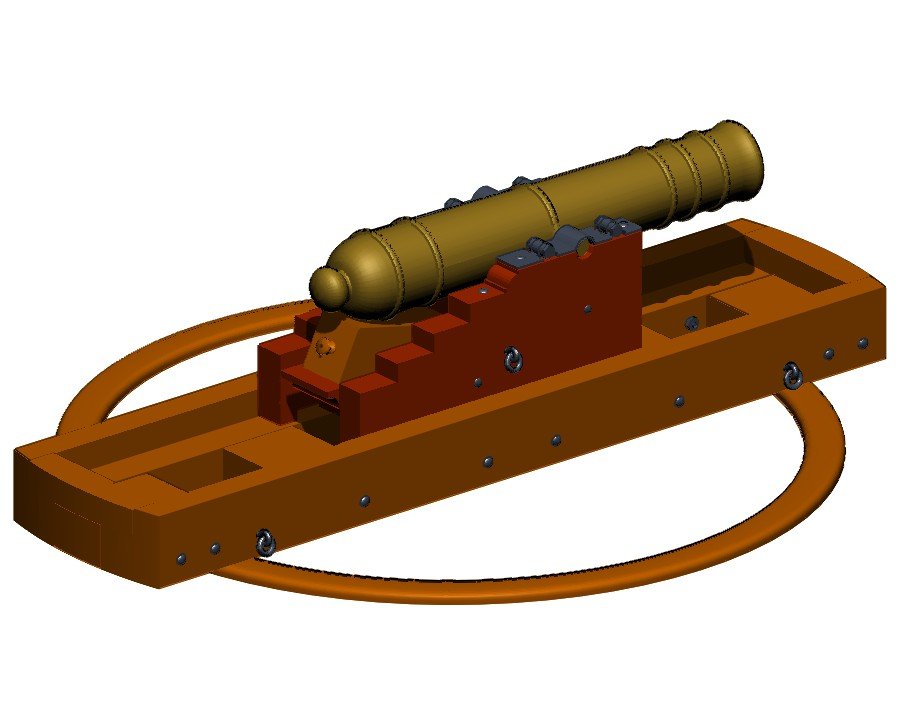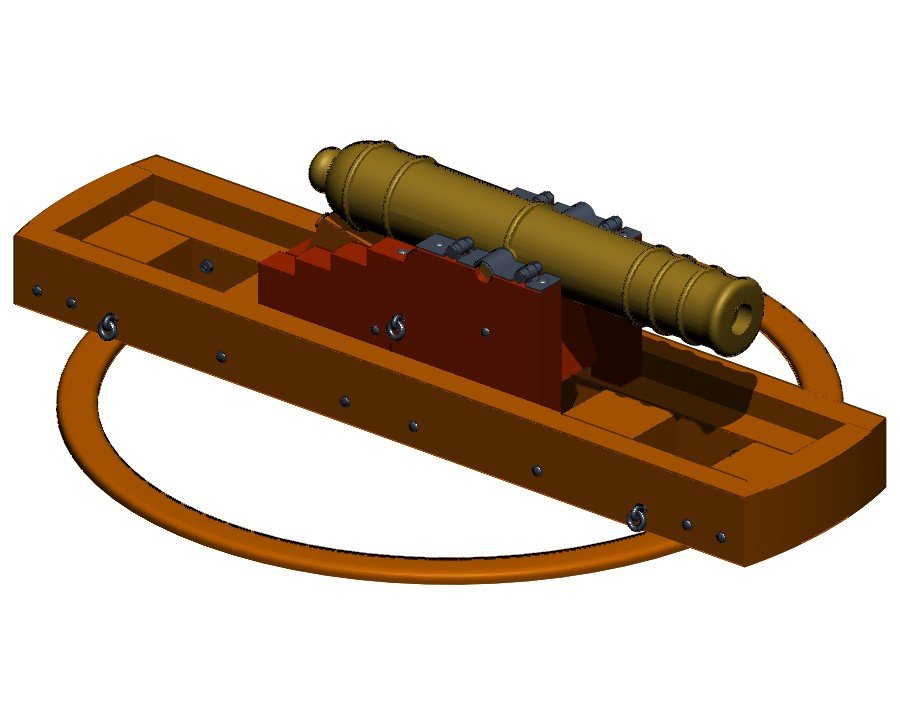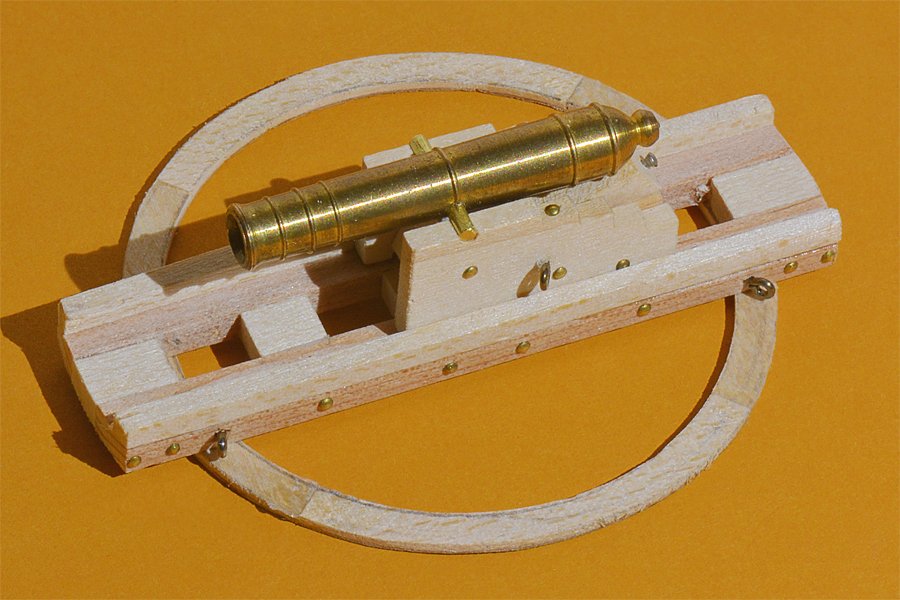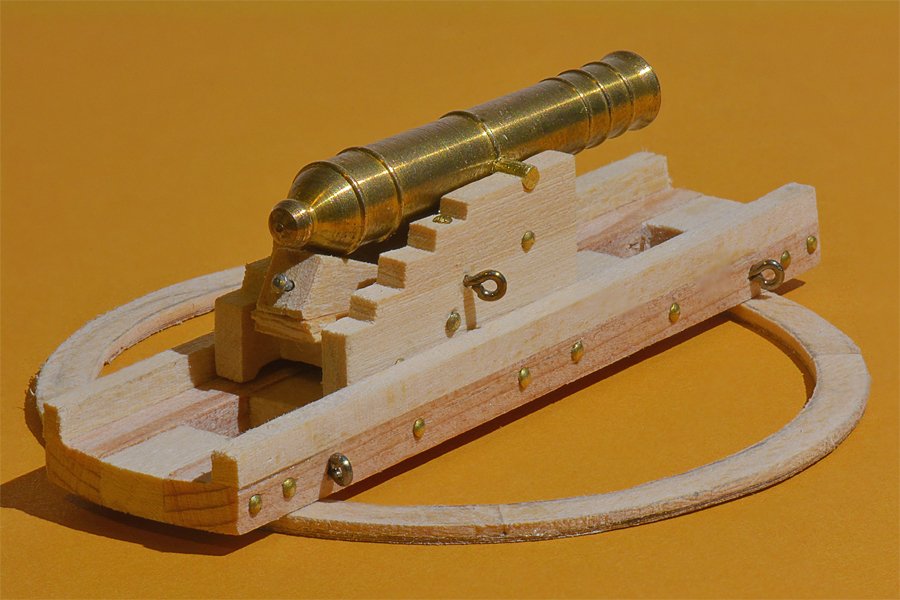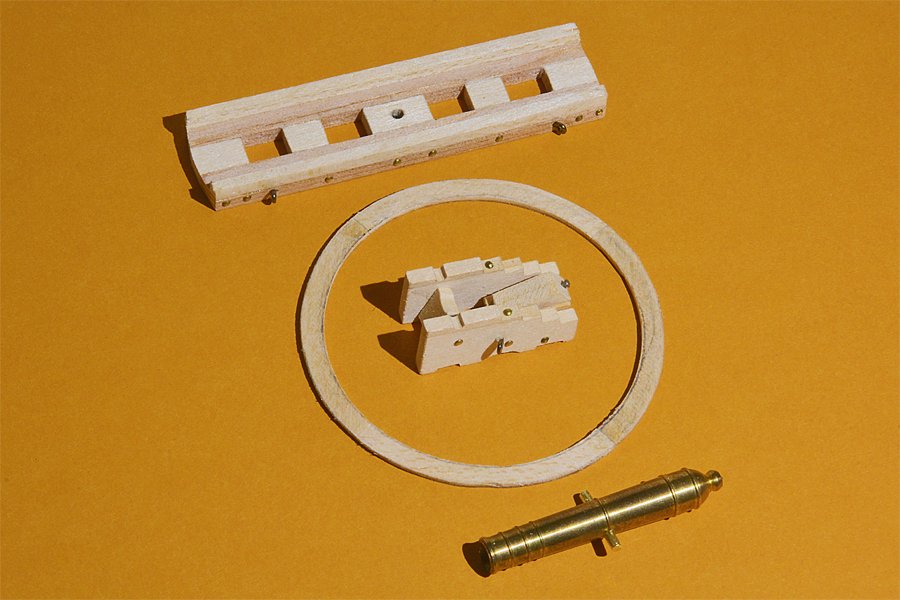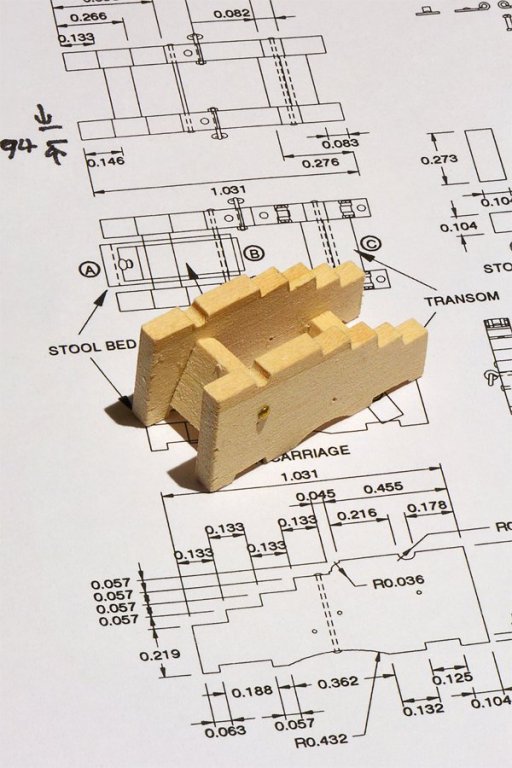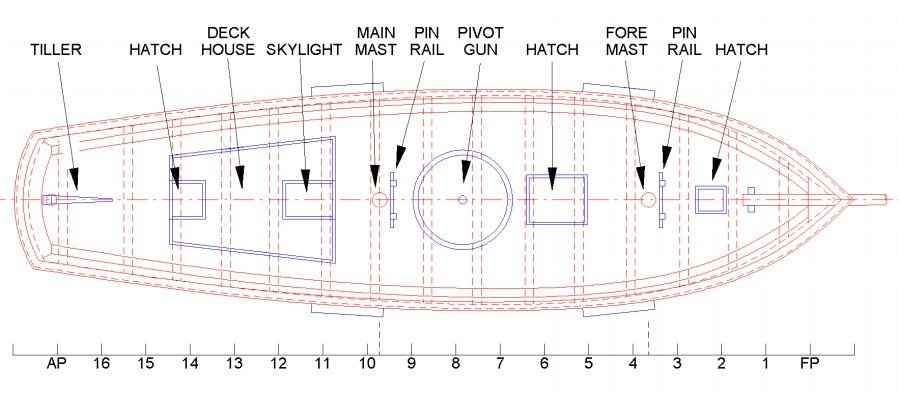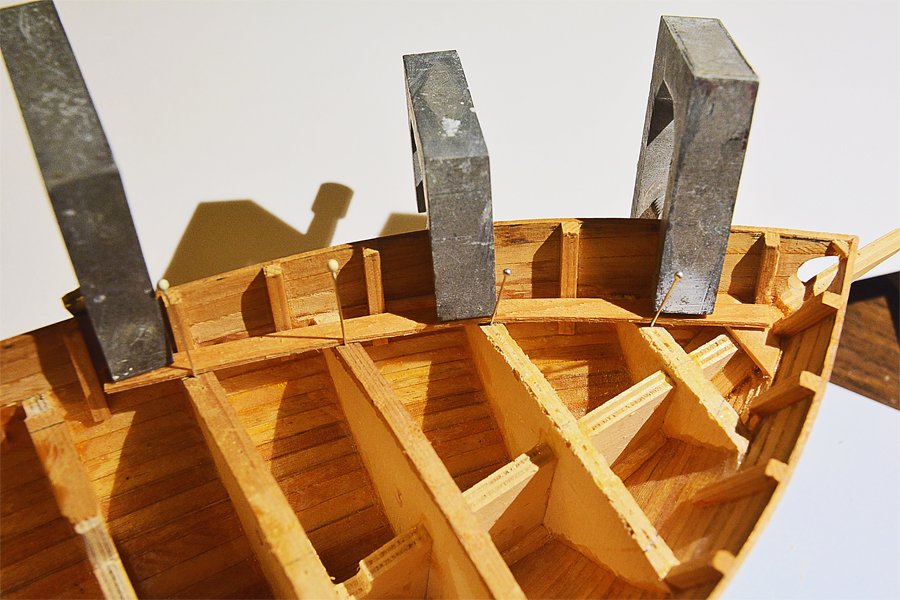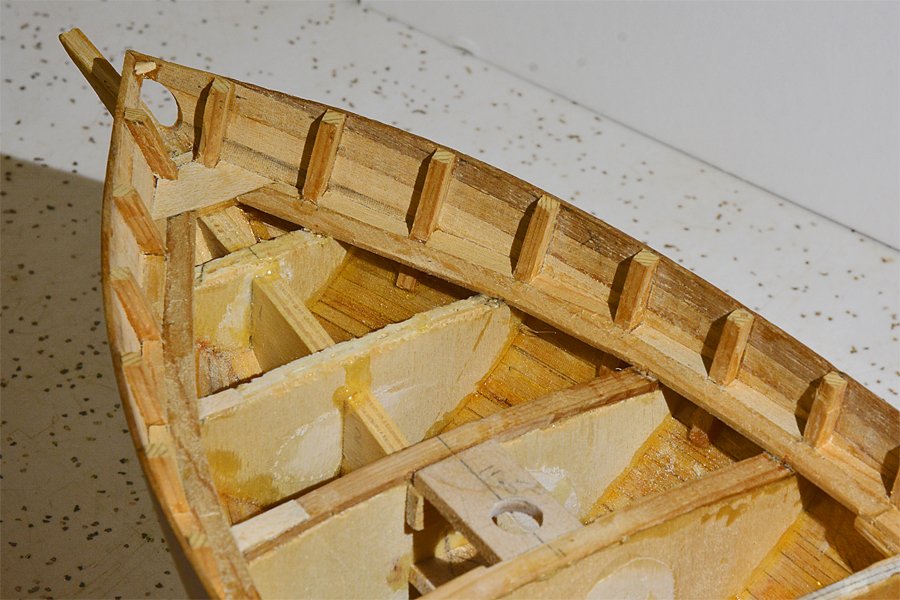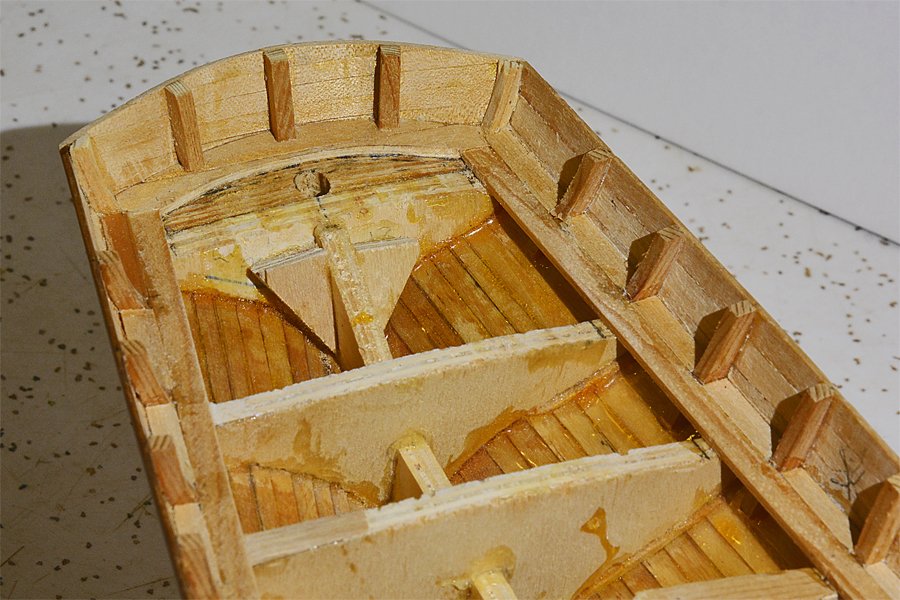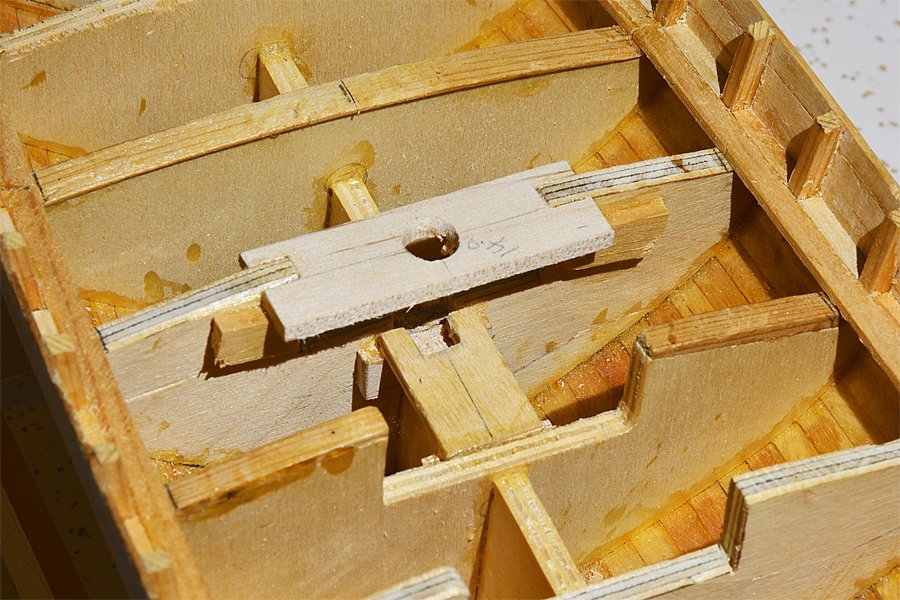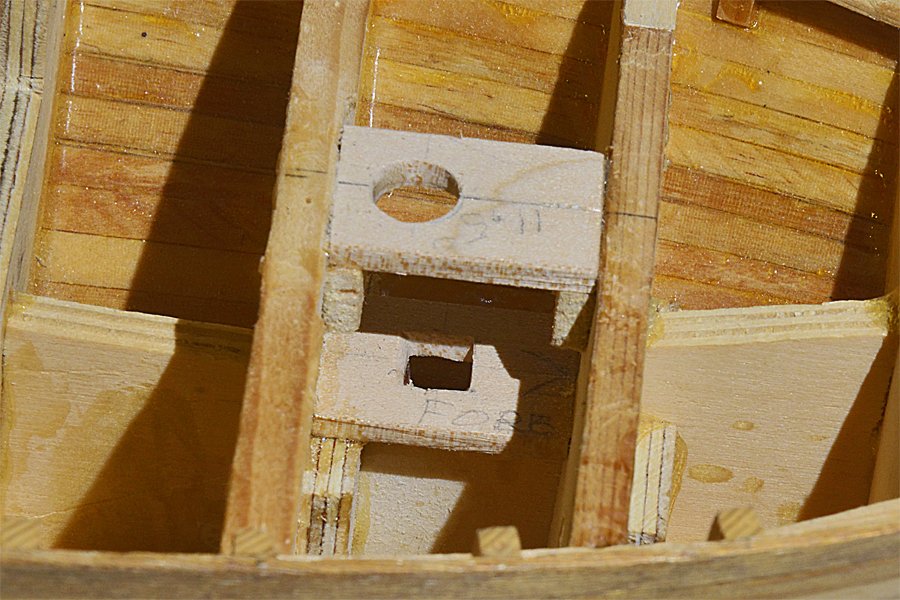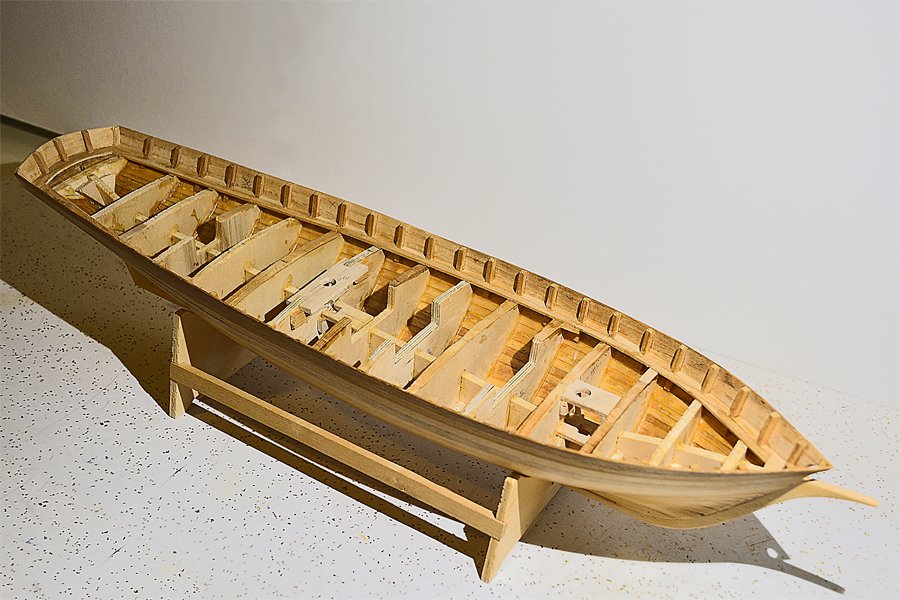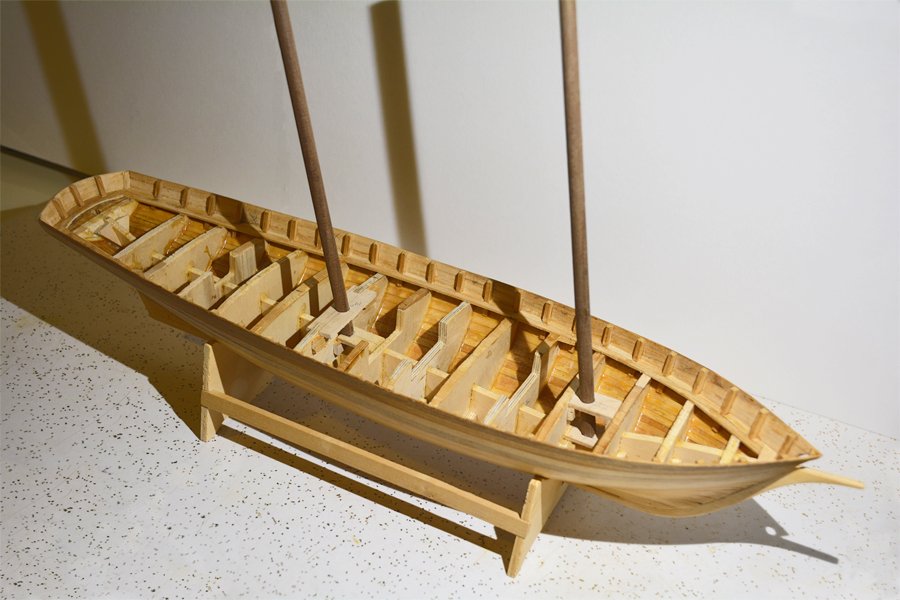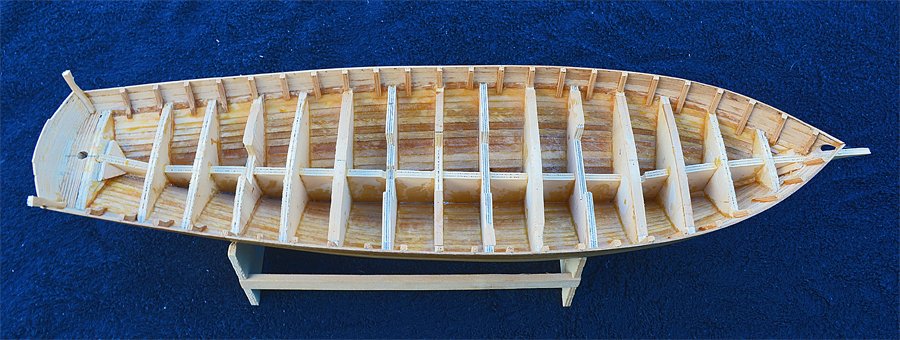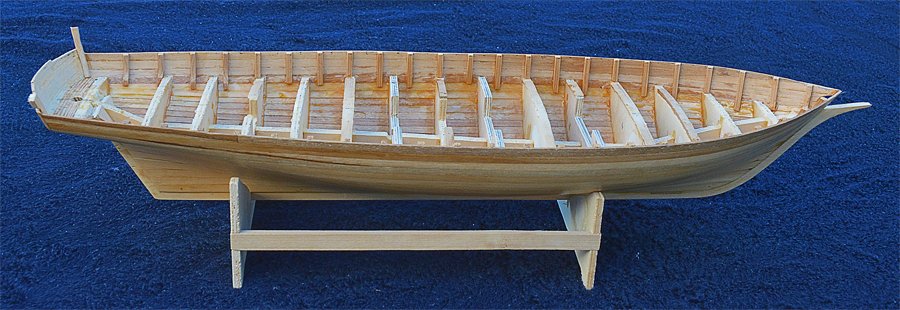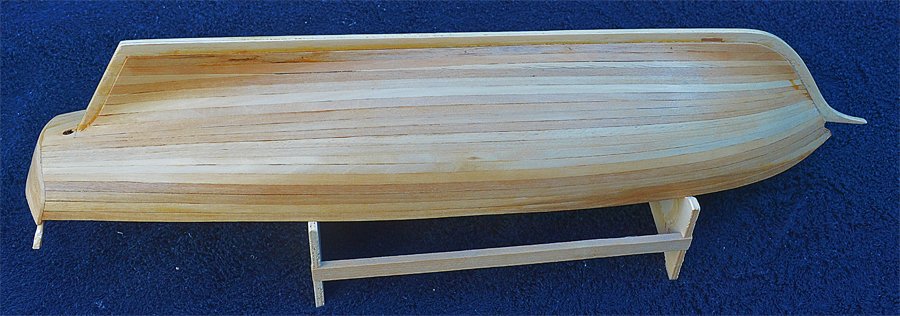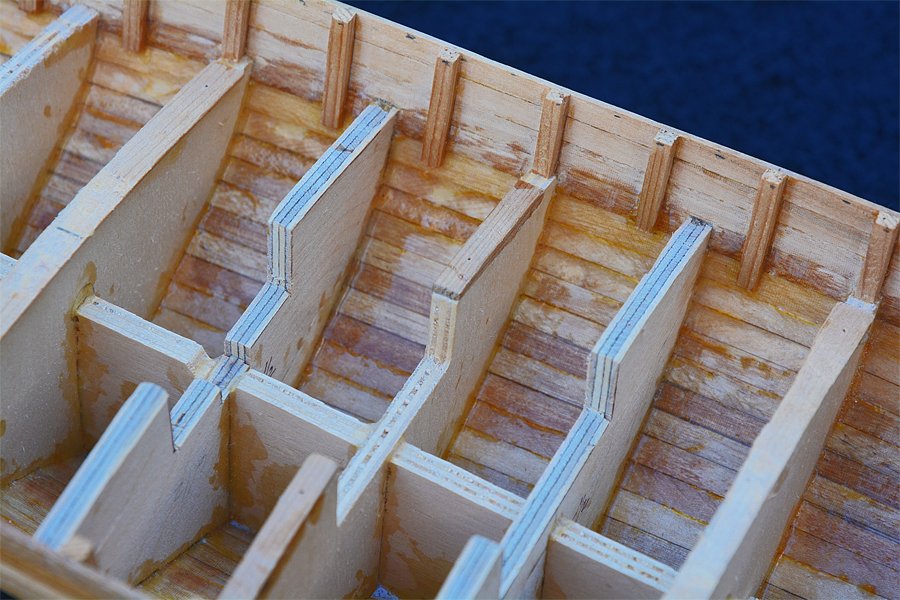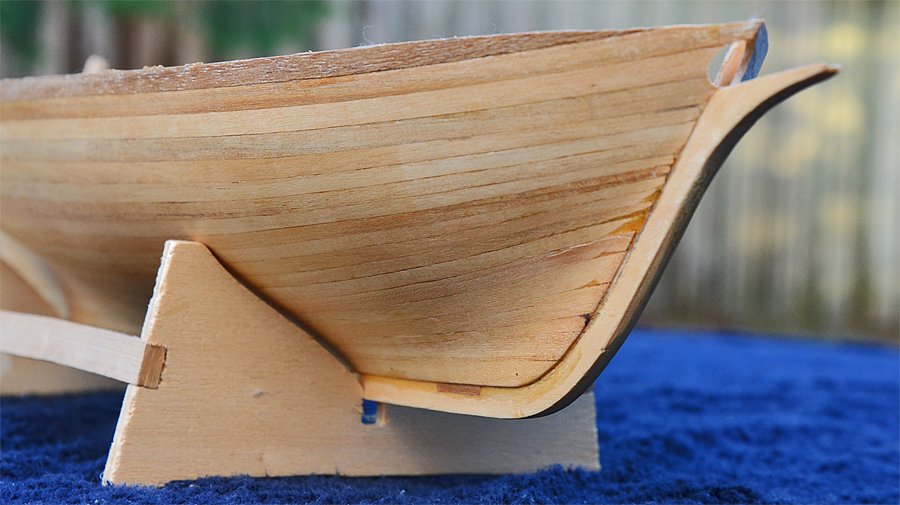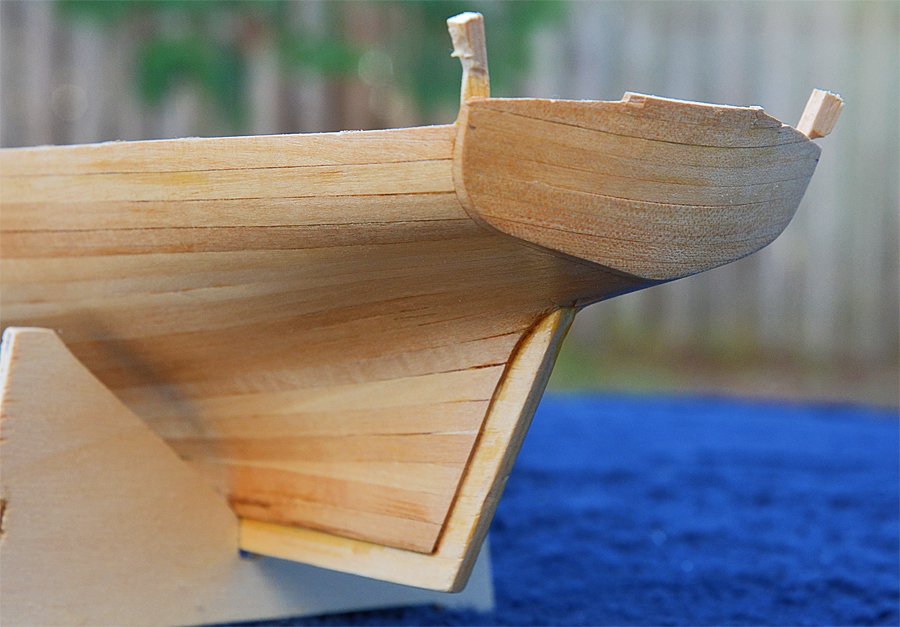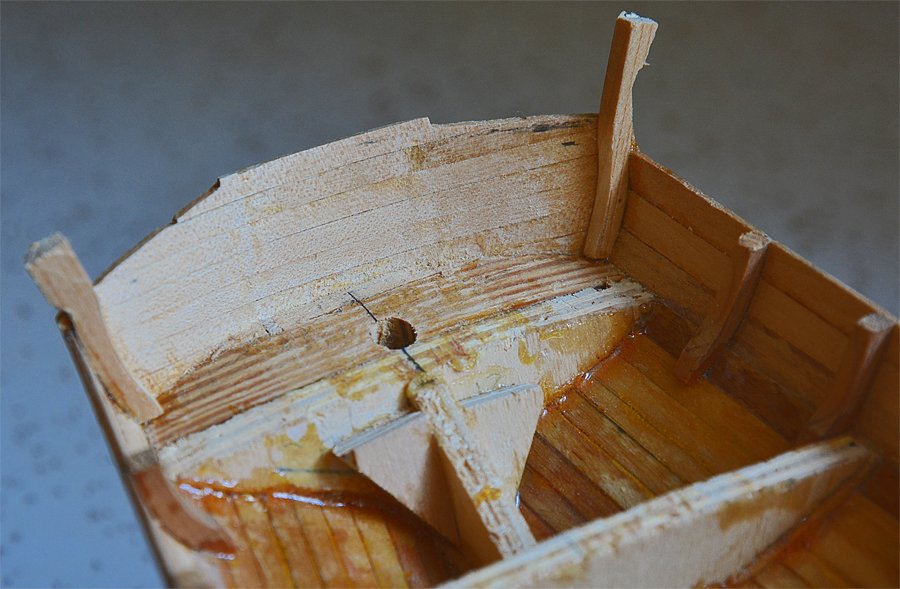-
Posts
2,406 -
Joined
-
Last visited
Content Type
Profiles
Forums
Gallery
Events
Everything posted by Dr PR
-

CAD help needed
Dr PR replied to Cabbie's topic in CAD and 3D Modelling/Drafting Plans with Software
Are you using a Windows or Apple operating system? There isn't much compatibility between the two. I have used DesignCAD (Windows) since 1988. https://www.turbocad.com/designcad/designcad-3d-max-2018.html DC has a 2D version for about $50. It is the easiest to use CAD program I have seen - and I have used half a dozen over the years. It has a free user forum with many experienced users checking in daily to help new users. I can't strees enough the importance of a good users forum to help you learn how to do things! http://forum.designcadcommunity.com/index.php HOWEVER, any new program will take time to learn. **** You say your kitchen program outputs to "BtoCAD." What file format does the kitchen design program generate? If your program can generate DXF or DWG files just about any CAD program can import them. If it outputs Sketchup format files you could use that program. I looked up BtoCAD and it apparently uses the AutoCAD DWG file format. -
Here is another puzzle. I see you have made anchors for your cutter, and it looks like you have pieces for cat heads. But how were the anchors raised, and where was the anchor cable stored? Chapelle's drawings of the Doughty designs show no anchors or cat heads for the 31, 51 or 80 ton cutters - they also had no bulwarks above the main deck. But the 77 ton Morris did have bulwarks with cat heads and apparently anchors and tackles. But no windlass is shown to raise the anchor. The Mantua Albatross kit includes nice anchors and chain, and cat heads. But it has a capstan aft of the main mast, and shows the anchor chains running far back to holes in the main deck midships. Chapelle's drawings of the American privateer Lynx/HMS Musquidobit and HMS Alban show capstans aft of the main mast, and cat heads forward. But they don't show where the anchor cable ran. I'm pretty sure the Mantua kit is modeled after the British schooners. I have read that the revenue cutters were to remain at sea as much as possible and not anchor in port. So maybe they didn't have anchors, but I think I would not be comfortable without having anchors to help ride out storms or to drop hook in port while taking on supplies. You can't always count on finding a berth along side a pier! I have also read that on some of the Baltimore schooners the anchors were raised using tackle rigged to the main spar on the fore mast. One account said the anchors were stowed below decks through a midships hatch. So what do we do with the anchors? I can see that the anchors may have been rigged on the bulwarks and cat heads. Dropping would entail swinging them from the cat head and then releasing them. They could be retrieved with block and tackle rigged from the lowest spar on the fore mast. The cable/chain could have been hoisted lengths at a time until the anchor was raised, and then it could have been stowed again on the railing an cat head. Any thoughts? Phil
- 78 replies
-
- dallas
- artesania latina
-
(and 1 more)
Tagged with:
-
Thanks. They should look better after they are sealed and painted. I have quite a collection waiting for painting. I want to use a clear lacquer sealing coat, but it contains acetone, toluene and other smelly solvents that you really shouldn't breathe and should be used outdoors. It has been cold and damp outside (winter in Oregon) so I am waiting for it to warm up a bit before doing the painting. I'll paint the gun carriages brown. I think I will blacken the cannons.
-
6 POUNDER CANNONS The Mantua kit included six small cannons. At first I thought they were too small to be used on a revenue cutter, but I compared their length to information for various cannons used in the early 1800s and found they were approximately correct for 1:48 scale 6 pounders. 6 pounder guns were used on the revenue cutters, so I decided to make carriages for them and see how they worked on the 1:48 model. This image shows the 12 pounder cannon used on the pivot gun at the top. The 6 pounder cannon is below it. Actually, both guns are a bit "pudgy" or broader in proportion to length for the dimensions of the real cannons of the period. But I decided to use them on this build anyway. The next picture shows a major problem with the cannons supplied with the kit. Both barrels were bored out to ridiculous diameters. The walls were so thin that the cannons would have exploded if they were fired with enough charge to expel the ball from the muzzle! Comparing length to bore diameter the 12 pounder was bored for a 28 pound ball, and the 6 pounder was bored for a 24 pound shot!! I soldered concentric brass tubing into the barrels and then bored the barrels to the proper diameters. The 12 pounder fired 4.5 inch balls, and the 6 pounder fired 3.75 inch balls. The photo shows the original over sized bore and the resulting correct bore dimensions. Another problem with the parts supplied with the kit was the height of the barrels on the 6 pounders when mounted on the supplied carriages and wheels. The barrel height was about the same as the top of the railing on the bulwarks. This meant the guns could only be aimed downward! That's OK if you are using them for fishing, but they would have been useless for any other purpose. The drawing shows the plan for gun carriages that would work on the model. The ship had substantial camber to the deck, so when the ship was on an even keel the deck edge sloped downward. To get the guns to fire with just slight elevation the carriages would have to be significantly lower than the kit parts, and the rear wheels would have to be much smaller diameter than the front wheels (this was common on real gun carriages). Using the dimensions of the deck, bulwark and rail on the model and the kit supplied cannons I worked out the dimensions of the carriages and wheels to allow the guns to be run out with the barrels horizontal (solid red outline) and to be fired with up to 5 degree elevation (dashed blue outline) with the quoin removed. However, if they were fired with elevation the recoil back up the sloping deck would have caused the top of the barrel to strike the railing over the gun port. The red dashed line shows the travel path of the top of the barrel in the horizontal position - it just clears the rail. I constructed new carriages for the 6 pounders. Each carriage had seven wooden parts, four brass wheels, a pin head for the quoin handle and two metal loops for the gun tackle. To put things in scale, the small brass wheels are 0.125 inch diameter. It was a lot of small parts to make. Just imagine doing this for a 100 gun ship of the line! I thought I might make the wheels from wood, but 1/8 inch dowels were not suitable for boring the 1/16 inch diameter holes for the axles. I used concentric brass tubing soldered together, two layers for the small wheels and four layers for the large (3/16 inch diameter) wheels. I chose this route because I do not have a lathe to drill the 1/16 inch holes into brass rods. Here are pictures of the kit supplied carriages (left) and the scratch built carriages (right). As you can see, the scratch built carriages mount the guns lower. In addition, they are much more correct in the details. The axles are even drilled to allow pins to be inserted to secure the wheels. Here is the full 6 pounder battery.
-
I am slowly adding details to the hull. The top rails were the latest work. I cut the rails from a wide sheet of basswood (lime) as single pieces port and starboard. A third piece was fitted over the stern. I have shortened the tiller and temporarily placed the binnacle from the kit about two scale feet aft of the deck house. I may take another scale foot off the tiller and move the binnacle back a bit to give more clearance to the companionway on the deck house. The doors for the companionway were made from very thin plywood. It is easy to remove parts of the upper layer of the plywood to expose inner layers, and this is what I did to create the inset panels in the doors. Hinges were made of thin brass strips with brass wire soldered across. The companionway was modeled after the companionway on the lumber schooners C. A Thayer and Wawona. A handle was added to the sliding top of the companionway.
-
Mark, Thanks. The 3D model is about a gigabyte (for comparison, the 3D CAD file for my house is only about 20 megabytes). I have included details down to 3/16 inch (1:1 scale) - primarily fasteners such as screws and rivets. But there were a few places where I omitted some of the tiny details (screw threads and some very small rivets) in order to keep the file sizes smaller. I put in all the details with the hope of someday generating walk around videos. I have started generating 2D files. The forward superstructure file took several days to generate and the resulting file is 345 megabytes. After cleaning it up to remove unwanted lines and duplicate line segments it should be quite a bit smaller. But it is going to take a long time to generate all of the files. Right now I am taking a break from CAD and I am building a 1:48 scale model of a Baltimore clipper revenue cutter. Phil
- 54 replies
-
- 3d cad
- cleveland class
-
(and 1 more)
Tagged with:
-
RUDDER I have been making the rudder and tiller. Looks like this was my first really big screw-up. As you can see in the photo, I attached the pintles to the stern post and the gudgeons to the rudder. This is bass-ackwards according to normal boat building practice (I knew that!). But it is the way Phil's boat yard made it. Next time I should spend more time on research before becoming engrossed in the building! CORRECTED IN POST # 121! The gudgeons were made with a 0.017 inch thick copper strip from the Mantua kit. There wasn't enough for the pintles, so I used a strip of 0.015 inch brass. The pintle pins were 12 mm brass nails that came with the kit. I also used some of these to pin the two parts of the rudder together. The "bolts" that attach the pintles and gudgeons were cut from 7 mm brass nails I had in my parts collection. The gudgeon bearings were short pieces of a 1/16 inch diameter brass tube. The pintle pins and gudgeon tubes were soldered into their respective strips. The tiller was carved from a 0.095 inch square mahogany strip. I thought the reddish mahogany would make a nice color for the finished tiller. After fitting it into a hole in the rudder head I carefully tapered it to a scale 3 inch handle and trimmed it to an octagonal cross section. Then I boiled it in water for 15 minutes. This producd a surprise - when I fished the wood out of the water it was black! I bent it around a form I made from scrap wood and clamped the ends. After it sat all night the wood resumed some of it's natural color and the piece retained the curved shape. However, the wood is noticeably grayer than it was before boiling. I don't know if steaming would have retained more of the natural color. These images show some of the construction detail. I cut the narrow strips around the rudder head from 0.003 inch thick brass sheet. The rudder head and tiller design was taken from the brig Lady Washington that sails the west coast out of Aberdeen, Washington. I have visited this ship several times and had the pleasure of taking a short sailing excursion from Newport, Oregon, fulfilling a dream of sailing on a square rigger! I added three pieces of wood above the gudgeons to my original shape. These fill part of the space between the rudder and stern post. White putty was used to fill in the gaps. The picture shows all of the construction details - after it is painted many of these details will be hidden. I cut a hole in the deck planks and inserted a new surround piece for the rudder hole. This is also similar to the way the rudder shaft opening is done on the Lady Washington. The tiller is a bit long, maybe two scale feet. I will trim it back a bit and reshape the end. The handle will be about three scale feet above the deck. There should be a binnacle somewhere behind the deck house on the center line, but I have found no references about how it would look on the original revenue cutters. In the early 1800s binnacles were typically boxes with the compass in the center and room for lanterns or candles on either side. The kit does include pieces for a box binnacle and instructions for building it. But there isn't much room in this build for it to fit between the deck house and tiller. Chapelle's drawings do not show a binnacle.
-
DECK PLANKING 3 Planking the deck is mostly finished. I still need to trim the planks around the deck house and hatches and build up the coaming around these features. These photos show the nibbing method. The planks were tapered from half the plank width back to where the outboard edge of the plank intersects the margin board. Then I glued a narrow strip of black construction paper along the inboard edge of the plank. The paper strip continued around the nib and back to the end of the taper. I applied glue to the bulkheads below the plank and a small bead along the full length of the paper "grout" and then pushed the plank into place into the nibbing slot. I am surprised that it came out as good as it did, considering that this is the first time I have "nibbed" a deck. The grout lines are very thin and mostly regular. If you look closely you can see a few places it isn't perfect. I used a one-in-four planking scheme. The very long taper planks at the outboard edge were the most tedious to create. I did not expect to get the nibbing to be symmetrical port to starboard - that seemed like asking for too much luck. However, it came out (almost) perfectly symmetrical! I did discover that when I built the hull 35 years ago the stern came out skewed a bit wider on the port side. The margin board is wider on the port side, but I cut the starboard side nib a bit deeper and made the planking come out symmetrical at the stern anyway. The deck has been coarse sanded to get all the plank tops to come out to a smooth camber. It would have been easier if all the planks had been close to the same thickness. But because the thickness of the planks supplied with the kit varied greatly I ended up with a lot of wood dust before I had a smooth deck. I still need to sand with a fine grit sandpaper to eliminate all of the scratches from the coarse sandpaper, and then polish the deck with #0000 steel wool. But I am satisfied with the results.
-
Yes, I used the 0.008 inch thick black construction paper for all the caulking. It looks pretty good to start with, but in the photos posted earlier the deck hasn't been sanded so the planks are not equal thickness. After the deck is sanded smooth and then polished with steel wool the caulking should look better.
-
DECK PLANKING 2 I have started planking the deck. I painted the inside of the hull black at places that could be seen through hatch gratings and the skylight. I built up sub deck supports around the deck house and hatch coamings. After a little more experimentation I was worried that the dry marker would bleed into cross-grain cuts at butt joints and nibs so I will use black construction paper for these joints. But this might make the grout seams different widths between planks and at the ends if I use the dry markers between planks, so I just decided to use the black paper for all of the grout seams. This was a lot easier than I had thought it would be! In this photo I have laid the six center planks the length of the deck. They are trimmed to fit around the deck house and hatches. I will have to trim the planking a bit around the hatch frames. The photo shows the rough deck without sanding. The black paper rises above the planks in places and shadows make the grout lines look thicker than they really are. The deck planks in the Mantua kit are all close to 5 mm wide, but the thickness varies from 1.5 mm to 2.5 mm, and most are thicker at one end than the other with some thickest at the middle. I sorted the planks by overall thickness and used the thickest at the center line and will progress outward with thinner parts, with the thinnest at the extreme outboard edges of the deck. This should minimize the amount of wood I have to sand off to get a smooth deck. However, the variation between the planks was pretty noticeable and the deck is nowhere near smooth at this point! I decided to nib the planks into the margin boards. I have read that this practice wasn't used until the mid 1800s, but I have found no good explanation of how the "hooking" was done before that. Some pictures suggest they started with wide planks and cut away most of the wood to get the "standard" plank width with the wide hook at the end, but that would be insanely wasteful. Other pictures and texts suggest they curved planks and nibbed them into adjacent planks to make the hooks in the adjacent planks, but this would have been extraordinarily time consuming and far less sensible than simple nibbing into margin boards. I wanted to use the deck planks supplied with the kit and this ruled out using some wider planks to make the hooks - I can't find matching wood in wider planks. So I just decided to use the much simpler nibbing process. Some early 1800s revenue cutter kits use nibbing. Anyway, this build is just practice for future builds, and the 1:96 CLG-5 model will have nibbed decking - a lot of it!. This image shows the main deck fittings placed in their approximate positions. The hatches are just sitting over the openings. They will rest on frames about a scale foot high with 6" comings around the frames. The deck house will also have 6" coamings around it. The hatches are not exactly the same dimensions as the rectangular hatches shown in Chapelle's drawings. I wanted to use the parts supplied in the kit, and they make square hatches. The kit has parts for three small hatch gratings and one large one. They are very close the same length shown in Chapelle's book.
-
DECK PLANKING 1 I am about ready to start planking the deck. But first I had to decide how to apply the "grout" between the planks. I have read several different methods on this and other forums, and found someone enthusiastic about each. I decided to experiment a bit to see what worked best with the wood I will be using. I will use the wood that came with the kit. The instructions say the deck planks are "tiglio" or lime wood. It is a reddish-brown color. However, the hull planking is also supposed to be tiglio, and it is a much lighter color - similar to box wood, and that is more like what I think lime wood looks like. I'm not sure what the deck wood actually is. I tried six different methods to represent the grout between boards. I applied the edge treatment to short pieces of planking and glued (Duco Cement) three side by side onto a sheet of cardboard, pressing the planks together tightly. After the glue dried overnight I sanded the boards smooth and took these photos. The macro lens and high resolution close up images really magnify any imperfections! 1. EXPO dry marker. This is a common dry erase marker for white boards. Since these have a very fast evaporating solvent I thought maybe the pigment would not have a chance to soak into the wood. The solvent is pretty smelly so you probably should use it with adequate ventilation. The wide tip made it very easy and fast to apply. 2. Artist's charcoal. I used a "2B" hardness charcoal stick with about 1/4 inch square cross section. The width made it easy to apply to the edge of the boards, but it is a bit messy. 3. Pencil. I used an ordinary #2 pencil. I had to make many passes along the edges to get a significant amount of pigment on the boards, so this method was the slowest. 4. Black construction paper. The paper is 0.008 inch thick, and that is about equal to 3/8 inch at 1:48 scale. I do not know how they beveled the planks in the early 1800s, but in the mid 1900s the grooves between deck planks on US Navy ships was 3/8 inch wide. 5. Black plastic bag. I used an ordinary garbage bag. The thickness is 0.0005 inch, or about 1/40 inch at 1: 40 scale. That is much too narrow for 1:48 scale, but might work OK for 1:96 scale. It is also very flimsy and a bit difficult to control. Furthermore, when I sanded the planks after the glue dried (overnight) some of the plastic pulled out of the grooves. Apparently the plastic did not adhere to the glue. 6. Black paint. I was afraid that paint would seep into the wood and make the grout lines too wide and fuzzy. I used Craftsmart black premium satin acrylic paint from a local crafts store. I used it undiluted, applying with a brush. I think the dry marker (1) and black paper (4) methods gave the best results. But neither was perfect! The dry marker left slightly fuzzy edges, but from a normal viewing distance it isn't noticeable. The black paper right hand grout line is really nice - almost perfect scale. It has a very uniform width. But for some reason the left hand line is wide and fuzzy! Duco Cement has acetone and 2-propanol for solvents. I suspected the solvents might be bleeding the pigment from the paper, but when I tested a strip of the paper I couldn't get any pigment bleeding into glue on a white paper towel. On close inspection the left hand groove between the boards was unequal width at the top surface, and sanding had "fuzzed" the paper into the groove, After sanding to remove more wood the gap became narrower and the grout line was nicer, but still not perfect. One fellow who used this method recommended scraping the planks instead of sanding. I did scrape after sanding and the wood surface is less fuzzy. Also, careful selection of planks could avoid the wider gaps that create broader grout lines. Charcoal (2) and pencil (3) produced visible grout lines. The charcoal was most visible and uniform, probably because the charcoal stick was relatively soft and the wide tip applied more pigment. The #2 pencil was just too hard. I had to go over the edges of the wood strips several times to apply enough pigment, and the grout lines are almost invisible from a normal viewing distance. A softer pencil might work better. The black plastic was too thin and much too much trouble! The black paint did diffuse into the wood a bit, even though it was undiluted and fairly thick. The edges of the grout lines were a bit too fuzzy. **** I like the black paper method best, but it would be a bit tricky where the planks are nibbed into the margin boards. Maybe I will use the dry marker for ends and nibs. EDIT: The dry marker does diffuse into the wood a bit on cut ends perpendicular to the grain. I haven't decided if this is enough of a problem to worry about. EDIT: While looking through my modeling supplies I came across a small bottle of tar I collected back in the '60s while we were recaulking the decks on my first ship, the all-wood inshore minesweeper USS Cape MSI-2. I'm not sure, but I may have used this stuff to caulk the decks on a model I built in the '70s! I decided it would be far too messy to work with on this model.
-
DECK HOUSE NOTE: THIS DECK HOUSE WAS DESIGNED TO LEAVE A 3 FOOT CLEARANCE BETWEEN THE SIDES OF THE HOUSE AND THE BULWARKS. THIS IS NOT ENOUGH SPACE TO ROLL THE 6 POUNDER CANNONS PAST THE HOUSE TO THE STERN CHASER PORTS, ESPECIALLY AFTER THE PIN RAILS ARE ATTACHED TO THE BULWARKS. THE DECK HOUSE SHOULD BE 4 TO 6 FEET NARROWER (1/2" TO 3/4" AT 1:48 SCALE). I took measurements of Chapelle's drawing of the 80 ton revenue cutter and drew the outline of the deck house on the 2D CAD deck plan. Then I switched to 3D and constructed a 3D model. From this I generated 2D plans for the parts of the deck house. As you can see, I made some changes to the companionway hatch as construction progressed. This image shows the basic parts of the house. I measured the angles between the house sides and created triangular supports to hold the pieces in the correct configuration while the glue dried. The sides are 1/16 inch basswood and the roof is 1/32 inch thick (1.5 inch at 1:48) aircraft plywood. The sides and center support created a very stable structure, even without the roof attached. The skylight frame was built up from eight 1/16 inch thick basswood strips trimmed to the proper widths. The tiny window mullions were too thin to cut from the brittle basswood so I used 0.032 inch square polystyrene strips mortised together with the ends in cavities in the top wood frame. I have a clear plastic window to fit into the skylight frame after everything is sealed and painted. The companionway was a bit of a puzzle. I have seen several variations on real schooners and models, but the revenue cutter drawings only show the outline of the top with no details. I decided to build it like almost all similar companionways I have seen were put together. I added 0.042 inch square (about 1 mm) polystyrene strips for the rails the hatch top slides on. After the house is painted I will add door hardware and latches used to hold the doors open (the doors will be closed). I haven't modeled anything inside the deck house so I painted the inside of the hull below the skylight black. At first it looked to me that the space between the house roof and the bulwarks was very narrow. However, it measures about three scale feet, more than enough room for easy passage. The roof edge is only two scale feet above the deck. I will probably add wooden handrails along the roof edge. Next I will add support strips between the bulkheads around the edges of the house to support the deck planking. After the deck is laid I will add coamings around the house sides. I am still trying to find out where they placed the binnacle. On some more modern schooners the companionway was offset to the side and the binnacle was on the centerline of the deckhouse roof just forward of the tiller/wheel. Maybe there will be room between the tiller and the deck house to place the binnacle on the deck just aft of the companionway.
-
Derek, There were Baltimore clippers with one "Long Tom" gun on a carriage that could be rolled around and fired from either side. Some also had broadsides of smaller cannons. From what I have read these were mostly privateers, and not revenue cutters. I have been using the DesignCAD 3D MAX program since 1988 (it was ProDesign back then). The user interface is years ahead of any other program I have ever seen, and it has a full set of CAD functions. It sells for about $90 for the full 3D version. There is also a $70 2D only program - the same user interface with the 3D functions disabled. However, it is a bit dated, but they are making changes to bring it into the 21st century. Still, it is a relatively inexpensive full function CAD program with free tech support (I am an alpha/beta tester for the program). It's strongest point is the free user Forum that is monitored daily by a dozen or so experienced users all around the world. We are happy to answer questions for newbies. However, it has been a bit slow since the government ruled that Internet companies could extort users for more money in order to get back the network bandwidth they had before the change. You can get a free full function version of DesignCAD from the IMSI web site that will work for one month. But even though the program is much easier to use than some of the other CAD programs I use, it is still a steep learning curve. You won't become comfortable and confident using it in one month! But that is true of any program. I am not familiar with Fusion 360 so I can make no meaningful comparisons. But you should realize that there are two basic categories of 3D design programs - CAD and drawing. The difference is precision and output. CAD program are designed to create output to be used in construction and manufacturing. Everything is drawn with numerical offsets to create an exact model than can me used to produce 2D blueprints, 3D printer files and numerical machine control files. Some have decent output for illustration with ray-traced shadows, reflections, etc. (DesignCAD does not have ray tracing - yet - so the illustrations capability is quite limited). Precision is the key word, and CAD programs have a host of functions to draw points, lines, planes and solids to exact numerical accuracy. Drawing programs are a bit more loosey-goosey with regard to precision drafting. They may have a few basic numerical point placement functions, but they are mostly for designing imaginary objects and making pretty pictures. You can design good looking ship models with some of these programs, but they are not likely to be exact models. Some DesignCAD users create their initial designs in DesignCAD and then export the drawings to illustration programs to generate life-like images. This procedure is especially popular with architects who create 3D models and 2D blueprints in DesignCAD and then make pretty pictures of the designs to sell the ideas to customers. It is the best of both worlds. DesignCAD can import/export SketchUp files and this is a fairly inexpensive way to create pretty images from the CAD design. But, of course, you have to learn to use two programs instead of just one. **** Before I start cutting material I plan the work in 3D CAD and then use the 3D model to make 2D plans. You could see a bit of that in the pivot gun work. This often reveals problems that I might have not discovered until I had wasted a lot of time and materials. I am currently working on the deck house for the 80 ton revenue cutter model, and will post pictures soon. Sure enough, after creating a first design for the deck house I found several things that either were wrong or that I was unsure about.
-
Richard, Thanks. The Mantua kit included six small cannons that I originally guessed to be about 3 pounders, based upon cannon dimensions in the Chapelle books and other sources. I thought these were much too small, because most writings said the revenue cutters had six pounders and larger. But I will go back and revisit that again. I knew that Doughty's designs did not have bulwarks, and I have no intention of removing them now that they are built. The Mantua cannons, as shown in the kit, are large enough that the top of the barrels just about rub the gunnel. I did see an odd but unique solution to this problem in one of the drawings in Chapelle's "Baltimore Clipper." One European ship had arched gunnels above the gun ports to allow adequate clearance for the guns. I think I do not want to go that route. Maybe I'll be satisfied with the single pivot gun. I am not trying for extreme historical accuracy - I have just finished 14 years of work creating a CAD model of the USS Oklahoma City CLG-5 that is extremely accurate, right down to every nut and bolt, and even 3/16" diameter rivets (1:1 scale). This revenue cutter model is just for fun, and to get back into practice with wood model building in preparation for another build - the Rattlesnake - that I want to be pretty accurate. I am trying to figure out how to do the hooked deck planking - the tutorials and articles I have found really don't tell much about it. Phil
-
Richard, I just found your build, and we are working on similar projects. Like you, I started my build over 30 years ago and placed the partly completed hull on a bookshelf. Recently I decided to continue the project. I am kitbashing a 1:40 scale Albatros Baltimore schooner kit into a 1:48 scale 80 ton revenue cutter from about 1815. The 80 ton cutter had a pivot gun, and like you I searched for information - it would have helped if I had found your site first! But working from Chapelle's books I came up with a design very similar to yours. One thing I am uncertain about is the circular rail or track. In Chapelle's "The History of the American Sailing Navy" page 238 he describes a pivot gun from 1801-1812 with the metal "U" ring (essentially the same as on the web site you referenced). Then on the next page he says the metal railings were later replaced by a track that was "rounded" on top. In his "History of American Sailing Ships" page 377 he has a nice drawing of the skid and rail from 1830. It shows a circular "composite" rail with a rounded top. As he says, there were a lot of variations in the pivot guns. I have built a circular wooden rail that I intend to round the edges on. But seeing your post I may go for the metal "U" track. Have you found any other information about when these types of rail/track were in use? **** One other detail I have been wondering about is the top of the companionway at the aft end of the deck house. Chapelle's drawings show the hatch, but there are no details how it works. Most companionways seem to have a top that slides back on extensions of the sides of the structure, but these slides are not shown in any drawings in Chapelle's books. I have seen this arrangement on a couple of schooner/cutter models. You have created a top that hinges back, with the hinges about half way fore-aft on the top. Where did you get this idea? Do you have plans of cutters that show this arrangement? Also, where was the binnacle on the revenue cutters? Phil
- 78 replies
-
- dallas
- artesania latina
-
(and 1 more)
Tagged with:
-
Pivot Gun A key feature of the 80 ton revenue cutter was the pivot gun on the centerline between the masts. I looked on line for information about pivot guns and found almost nothing. What I did find was for Civil War era guns, but nothing for early 1800s rigs. I did find a drawing and description of a pivot gun in Chapelle, and that is what I based my design on. But it is pretty sketchy information! I started with a 3D CAD model to put all the pieces together. Then I used the 3D model to generate scaled 2D drawings of all the parts. The large cannon supplied in the Mantua kit serves as the 12 pounder gun. The gun carriage was the most complex part of the assembly. The slide was fairly straight forward. I had to mill stock boxwood strips to the proper dimensions. The assembly rotated around the pivot pin in the hole in the center piece. I used small brass nails to pin the parts of the gun carriage and slide together after gluing. The small eyelets are from the smallest fish hooks I could find at a sporting goods store. The four main pieces are shown above. I added the stool bed and quoin to the carriage, with the quoin positioned to hold the gun more or less horizontal. The circular rail was an interesting project. It is made of four basswood "quadrants" glued together. I knew these pieces would never hold together in a circle if just glued end to end, so I glued the basswood quadrants to a sheet of 0.0195 inch (about 1/64 inch) thick model aircraft plywood. After the glue set I marked the inner and outer circles with pencil and nibbled away all but the ring. It still needs some trimming and shaping and a bit of putty filler. The outer diameter of the ring is 2.25 inches, and the width of the ring is nominally 0.115 inch. I need to seal the wood and sand everything smooth. I thought about using a dark stain, but there are a few places where glue might cause problems. And I will use some filler putty in a few places, so I decided to paint the wooden parts dark brown. I may chemically blacken the cannon and the tiny metal straps that fit over the trunnions to attach the cannon to the carriage. Now that I know I can build a pivot gun I can continue with the 1:48 scale 80 ton revenue cutter kit bash. Phil
-
Thanks for the comments! I have developed a deck plan for an 80 ton revenue cutter at 1:48 scale. I used "Figure 32. A United States Revenue Cutter, 80 Tons, 1815" on page 195 of Howard Chapelle's The History of American Sailing Ships as the basis for this plan. The cutters Surprise and Dallas may have been constructed with these plans. The scale at the bottom is marked in one inch increments (four scale feet at 1:48 scale). The model is 17 inches from Fore Peak (FP) to Aft Peak (AP), or 68 feet between perpendiculars at 1:1 scale. Red lines were taken from the existing model hull. Blue lines are features to be added to the deck. I will add to these fittings as I go, and perhaps make some modification to use some of the fittings in the kit. There were two pumps just aft of the main mast, and the galley stack protruded through the forward hatch. One major difference between the model and the 80 Ton cutter designed by William Doughty is the bulwarks along the sides. Doughty's vessel had sides (almost) flush with the deck and stanchions and lifelines along the sides. See the images on pages 187 and 190 in Chapelle's book. The drawings of Doughty's 80 ton cutters are shown without rat lines and a minimum of standing rigging. I will have to figure out a sail plan for the ship. I have ordered Chapelle's Baltimore Clipper: It's Origin and Development (1965 printing). Maybe it will have sail plans and rigging information. Phil
-
Now I have the hull about ready for planking the deck. But I still haven't decided what I will build. The kit plans show five hatches on the main deck - four with gratings and one solid hatch under the tiller. Six small cannons are arranged along the sides, with one larger cannon on the centerline midships. Looking at the plans for American Baltimore clipper type revenue cutters, all of these ships had a low deck house at the stern with a companionway and a skylight. They all had a small hatch forward between the fore mast and the bowsprit step, often with Charlie Nobel - the galley stack - protruding through the hatch. They all had one larger hatch midships between the two masts. NOTE: In Chapelle's "The Baltimore Clipper" on page 85 there is a deck plan for the British vessel Musquidobit with many hatches and no deck house similar to the Mantua plans. Apparently the ship was the American privateer Lynx that was captured and renamed when placed into British service. The length (between perpendiculars) to beam width ratio is 3.81:1 for the kit. I examined drawings for 13 Revenue cutters and found the average length to width ratio to be 3.83:1, with a range of 2.72:1 to 4.74:1. So the hull dimensions are about right. Assuming that the kit is 1:40 scale, the length between perpendiculars is 56.7 feet, and the beam is 15 feet. A number of ships were built about this size, with a displacement from 70 to 80 tons. Armament for the revenue cutters varied quite a bit, with 6 to 14 guns. The guns ranged from 6 to 12 pounder cannons, and in some cases 18-24 pound carronades. But in the early 1800s a single centerline large bore pivot gun gained favor. Old traditions die hard, and the powers that be favored broadsides with many cannons. The overall weight of all these cannons restricted the size - and effective range - of these guns. But some of the revenue cutters were outfitted with one large bore pivot gun between the masts. Such weapons were more favorable on fast ships like the cutters that could control an engagement, closing to range for their large guns while remaining out of range of an enemy's smaller guns. It is interesting that it took almost a century for naval architects to appreciate the value of a few large guns in rotating mounts instead of broadsides of many smaller caliber guns. It took the battles of the Spanish-American War (1898) and the Russo-Japanese War (1904) to prove than the large batteries of small guns were essentially worthless. Naval engagements in these wars were fought at the maximum ranges of the large caliber guns. Taking this lesson to heart, the British built the HMS Dreadnought and made all other capital ships obsolete over night. So what should I build? A battery of several broadside cannons on carriages, or carronades, a centerline pivot gun, or a combination of these? The kit came with six small cannons and one large cannon, all on carriages. None of these parts resembled carronades, so it will have to be cannons. The small cannons looked really small. Using the dimensions of the parts, at 1:40 scale they would be 3 pounders - much smaller than what the revenue cutters were fitted out with. Furthermore, the bulwarks of the kit were pretty low, and the muzzles of the supplied guns and carriages would be only slightly below the cap rail on the bulwarks. It looks like Mantua just grabbed existing parts from other kits and tossed them into this kit. What about the single large cannon? Many of the revenue cutters built after 1800 had just one large pivot gun on the centerline between the masts. At 1:40 scale the larger cannon in the kit is about the size of a 6 pounder. At 1:48 scale it could be a 9 or 12 pounder. I haven't found any references telling the size of the pivot guns on the revenue cutters, but they would have been of larger caliber than the carriage guns, and some cutters did carry 12 pounders in some mount. This brings up the question of what scale to build to - 1:40 or 1:48? At 1:40 the ship is about 57 feet long with a beam of 15 feet, the size of a 70-80 ton cutter. At 1:48 it is 68 feet long with a beam of 18 feet, about the size of a 80-100 ton cutter. The hull proportions are OK for either scale. At this point I could build to either scale. But at 1:48 I can use the larger cannon supplied with the kit as a 12 pounder pivot gun. An 80 ton revenue cutter was designed in 1815 that was 67 feet long, with a beam of 19 feet, and a single pivot gun. That looks like a good fit for this hull! Besides, 1:48 is 1/4 inch per foot, and that is much easier to work with than the 0.3 inch per foot at 1:40 scale. So it will be a 1:48 scale 80 ton revenue cutter with a deck house and a single 12 pounder pivot gun! Phil
-
I have been working on the hull to add frames at the transom and the waterways prior to planking the deck. The first problem I encountered was curving the waterway planks at the bow. After reading the tutorials on the forum and some other postings I wasn't sure what technique would be the best. But all of the techniques had two things in common - heat and moisture. So I took a simple route. After cutting the planks I just submerged them in a pot of boiling water for five minutes - heat and moisture. As you can see in the picture, this worked fairly well, and it was simpler than the other techniques. I used pins to hold the curved planks in place. A few clamps were used to prevent the planks from popping up above the bulkheads. After a few hours the planks had dried and retained the curvature. Then they were trimmed to fit in place. The resulting waterways fit nicely inboard of the frame extensions for the bulwarks. These extensions extended down one or two planks into the hull below the main deck and provided rigidity for the bulwarks. Rather than trim them or replace them, I placed the waterway planks inboard of the frames. Then I added short filler planks between the frames flush with the waterways. It is a little rough now, but after everything is sealed, sanded and painted it should look OK. The picture below shows the stern waterway planking and the frame extensions for the transom. The stern planking has been trimmed down to match the side bulwarks. I am working on details that need to be in place before the deck planking is installed. I needed to place the mast steps to achieve the desired rake of the masts. The main mast step (above) and fore mast step (below) both use the same technique. A board on the centerline at the main deck level had a slip fit hole for the mast to pass through. This places the mast at the proper position on the deck. Below this is another board with a square hole to receive the mast foot. The square hole is positioned to establish the desired fore/aft rake of the mast. The lower board rests upon lateral support boards glued to the bulkheads. This lower board is free to move back and forth to establish the port/starboard vertical angle of the masts. After positioning the masts with the desired fore-aft rake and proper transverse vertical angle perpendicular to the deck, the lower boards were glued in place. When the deck boards are added I will make the holes in the decking larger and place wedges around the masts. This is the hull after the waterways and mast steps were added. Here you see the fore and main mast spars seated in place. They are not glued into the mast steps. That's the build so far. Phil
-
Here are photos of the hull as I left it in the mid 1980s. Hull planking was complete, and it came out pretty good. It wasn't historically accurate (no hooking, etc.), but I didn't know anything about that back then. I was just happy with a smooth surface that could be painted. The kit had 12 pre-cut bulkheads. Near the middle of the hull these were spaced quite a distance apart. Prior experience told me this could lead to problems while planking the hull, so I made three more intermediate bulkheads out of sheet plywood. I also added several extra plywood fillers and strengtheners to make the frame more sturdy. I tapered the planks and added a few stealers to close the gaps. This was my third plank on bulkhead kit, so I was beginning to get the hang of it. I sealed the inside of the hull with a thin two part epoxy paint that airplane modelers use to seal balsa engine supports and firewalls to prevent fuel from soaking into the porous wood. You can see the shiny surface in the photo. The thin epoxy soaked into the wood and flowed between the planks and the bulkheads. Today, 30+ years later there are no cracks in the outer hull surface. The hull is VERY solid! The picture of the bow shows the tapering of the planks. The port and starboard sides were not perfectly symmetrical. It isn't historically accurate (I knew nothing of that in the 1980s) but it did achieve a smooth hull surface suitable for painting. Revenue cutters of the early 1800s had either flat "square tuck" transoms or "round tuck" transoms with curved planking above the rudder. The stern shown in the instructions was neither -sort of a two level square tuck like nothing I have ever seen a drawing of. What I built in the 1980s was neither square tuck nor round tuck. I made the stern with a curved transom, and with the hull planking faired into the transom. This is more like the schooners of the late 1800s and 1900s. I have always loved the lines of these ships. Again, it may not be historically accurate, although a few revenue cutters are said to have curved transoms, but I do not intend to reconstruct it. Again, this is similar to the "V" transom that was introduced in the 1840s - 1850s. In the picture below you can see the additional filler block I added after the last frame of the model to create the rounded transom. The rudder post extends up through the filler block. This is what I had to work with when I restarted the build. All in all, I am not disappointed with the 1980s kit. It supplied the materials and the basic design, even if it doesn't actually resemble the actual revenue cutters of the early 1800s. Now I just have to kit bash it into something more accurate. Phil
-
I am resuming a build of the Mantua Albatros "Goleta tipica di Baltimora" - a Baltimore clipper, fitted out as a revenue cutter. I started the kit back in the mid 1980s and finished planking the hull. Then other things came along (buying a house, getting married, etc.) that left little time for ship modeling. The partially completed hull has resided on my bookshelf for about 30 years. I really like the lines of these ships so I decided to resume the build, but I am not sure what it will end up being. I am building it to get experience with a few new techniques. NOTE: THE RESULTING MODEL DOES NOT REPRESENT ANY ACTUAL SHIP. I MADE SEVERAL ERRORS IN THE CONSTRUCTION, AND HAVE TRIED TO POINT THESE OUT AS I GO ALONG. BUT I HAVE PUT A LOT OF RESEARCH INTO TOPSAIL SCHOONERS AND REVENUE CUTTERS SO I HOPE THIS THREAD WILL BE USEFUL TO OTHERS. This is the 1980s kit, and it is different from the latest Mantua Albatros kit description on line. The new kit has a false deck, apparently of thin plywood, and the 1980s kit does not. The newer kit seems to have mahogany hull planking, and the older kit used tiglio or lime wood. The older kit came with two drawing sheets, hull construction and sail plan, plus brief instructions. The Mantua web site says the new kit has three drawings, and at least one appears to be the same as the 1980s kit. The 1980s "instructions" are a joke - one page saying to assemble the hull frames, plank the hull, assemble the base, build the masts and finish the rigging - just about that brief! For me this isn't a problem. I have been researching and scratch building plank on bulkhead models since I was a kid. I have searched and found no record of a Baltimore clipper named "Albatros." The kit name suggests Mantua's "famous" ship is just "typical" of a Baltimore clipper. Looking at the plans for the model and plans for actual Baltimore clippers I can see quite a few differences. This raises several questions, and I would appreciate any help you can offer. 1. Scale. The 1980s kit plans and instructions give no scale. Comparing with other ships I guessed it was about 1:64 scale. Some sites say the Mantua model is 1:55 scale, and the latest Mantua web site says it is 1:40 scale. The model is about 27" long (tip of bowsprit to end of the spanker boom), and this is what Mantua says is the length of their latest Albatros model. The waterline (length between perpendiculars) is about 17 inches. This would give a full scale hull length between perpendiculars of: 1:40 - 56' 4" and about 70 tons 1:55 - 78' and about 100 tons 1:64 - 90' 8" and about 180 tons Baltimore clippers were constructed in approximately all of these sizes between 1800 and 1820. Since the model has only six cannons plus one larger gun on the centerline, I assume the 1:40 scale is close. There were several 60 foot ships built. Any thoughts? 2. Mast angles. The Mantua plans show the rake of the fore mast to be 2-3 degrees and the main mast to be 5 degrees relative to the water line. I examined plans and drawings for 17 Baltimore clippers and found the mast rakes to be: Fore mast - 11.5 degrees average, with a range of 7-16 degrees Main mast - 13.75 degree average, with a range of 8-22 degrees The rake of the masts is one of the outstanding characteristics of these ships, and none were as boring as 3-5 degrees! I plan to build it with 11.5 and 14 degree rakes. 3. Deck fittings. The Mantua kit has four hatches with gratings and one flat solid hatch on the deck. Looking through Chapelle's books I see that almost all of the revenue cutters had some form of low deck house and companionway, even the small 30 ton ships. I think I will build deck fittings similar to an actual 70-80 ton revenue cutter. 4. Stern. Most Baltimore clippers had either round tuck or square tuck transoms. A few appear to have had curved transoms. The kit plans seem to show an odd flat stepped square tuck like nothing I see in any of the Baltimore clipper plans. In any case, when I started the kit in the '80s I constructed a curved transom faired into the hull lines, more like some of the later schooners I have seen. It may not be accurate for an 1815 revenue cutter, but I am not going to deconstruct the hull and start over again! The model stern is similar to the "V transom" that was introduced in the 1840s to 1850s (according to Howard Chapelle's The American Fishing Schooners). 5. Colors. The hull was painted with white lead below the waterline. Chapelle says American schooners after the Revolution were painted yellow topside with black trim. In the early 1800s they were painted yellow topside with a broad black stripe along the gun ports. Deck houses were white or light gray, and bulwarks could be red, brown, green, blue, white or varnished. The kit box cover shows a broad yellow stripe along the gun ports with brown/black trim, and yellow bulwarks with brown/black trim. I am inclined to use the broad black stripe along the gun ports (between the main deck and cap rail) with yellow trim above and white below the waterline. The bulwarks will be white or yellow, and the deck furniture white. 6. Deck planking. I am familiar with nibbing, but this may not have come into practice until the mid 1800s. Before that planking was tapered and hooked. I have thought about this, and read the few tutorials on hooked deck planking, and I just don't understand the procedure. If you start planking at the center line and work outwards, you apparently have to curve the outermost plank while laying it and then cut into the previously laid plank to create the hook. Nibbing is a lot simpler! By the 1850s planking on revenue cutters was nibbed, so I guess I could build the ship as a mid 1800s revenue cutter. But I need the practice with the hooking technique for the next build I am planning to make (Rattlesnake). I guess I will create a CAD plan of the deck and practice making the hooked deck planking. I'll post some pictures of the 1980s hull and current modifications later.
About us
Modelshipworld - Advancing Ship Modeling through Research
SSL Secured
Your security is important for us so this Website is SSL-Secured
NRG Mailing Address
Nautical Research Guild
237 South Lincoln Street
Westmont IL, 60559-1917
Model Ship World ® and the MSW logo are Registered Trademarks, and belong to the Nautical Research Guild (United States Patent and Trademark Office: No. 6,929,264 & No. 6,929,274, registered Dec. 20, 2022)
Helpful Links
About the NRG
If you enjoy building ship models that are historically accurate as well as beautiful, then The Nautical Research Guild (NRG) is just right for you.
The Guild is a non-profit educational organization whose mission is to “Advance Ship Modeling Through Research”. We provide support to our members in their efforts to raise the quality of their model ships.
The Nautical Research Guild has published our world-renowned quarterly magazine, The Nautical Research Journal, since 1955. The pages of the Journal are full of articles by accomplished ship modelers who show you how they create those exquisite details on their models, and by maritime historians who show you the correct details to build. The Journal is available in both print and digital editions. Go to the NRG web site (www.thenrg.org) to download a complimentary digital copy of the Journal. The NRG also publishes plan sets, books and compilations of back issues of the Journal and the former Ships in Scale and Model Ship Builder magazines.



